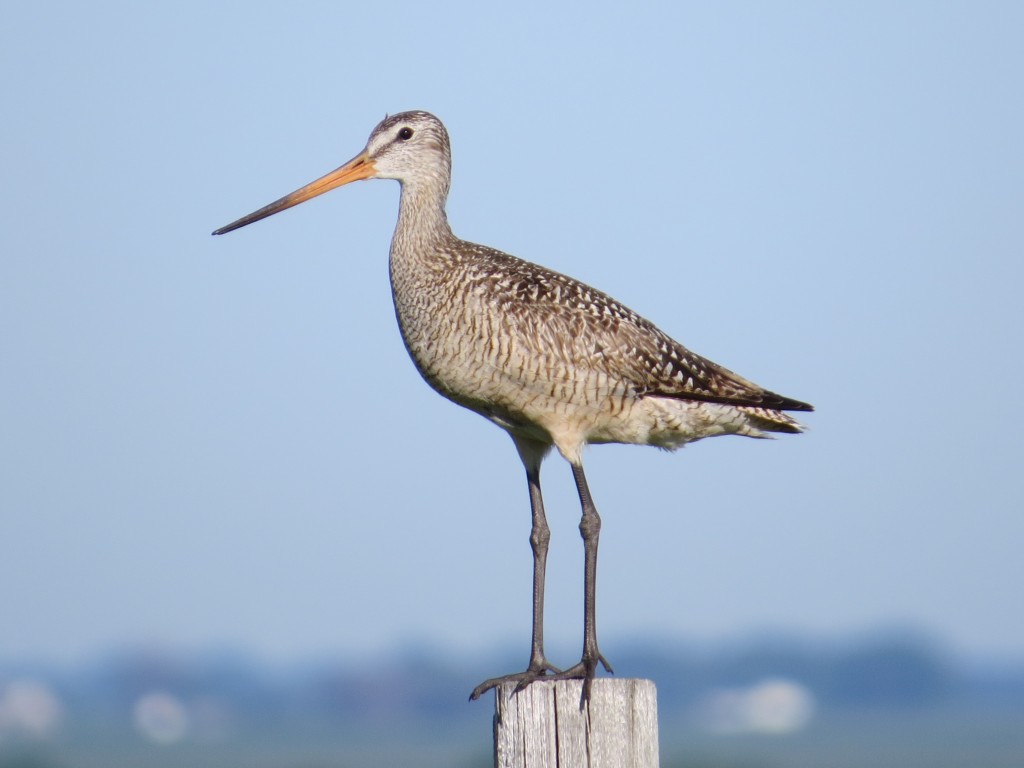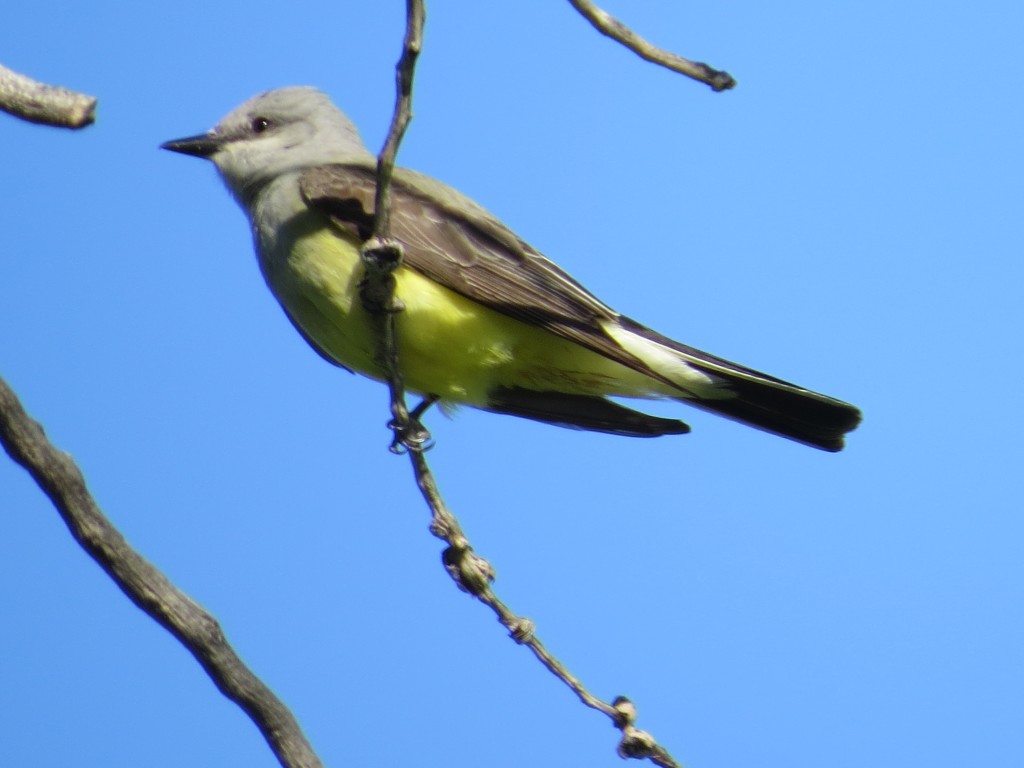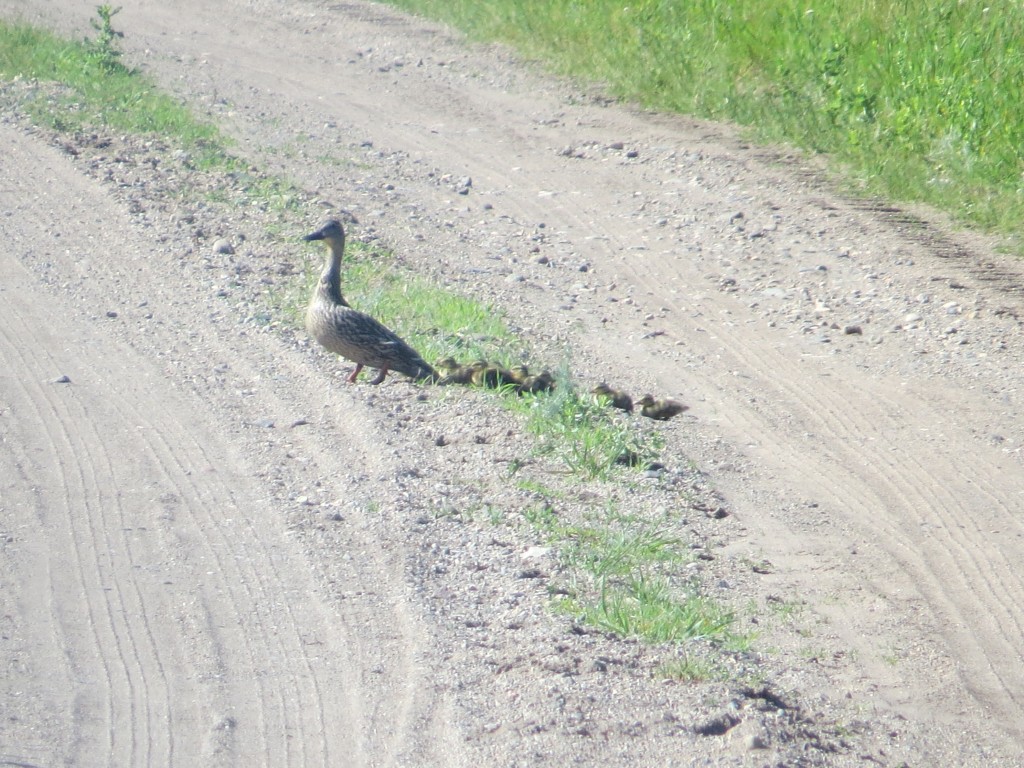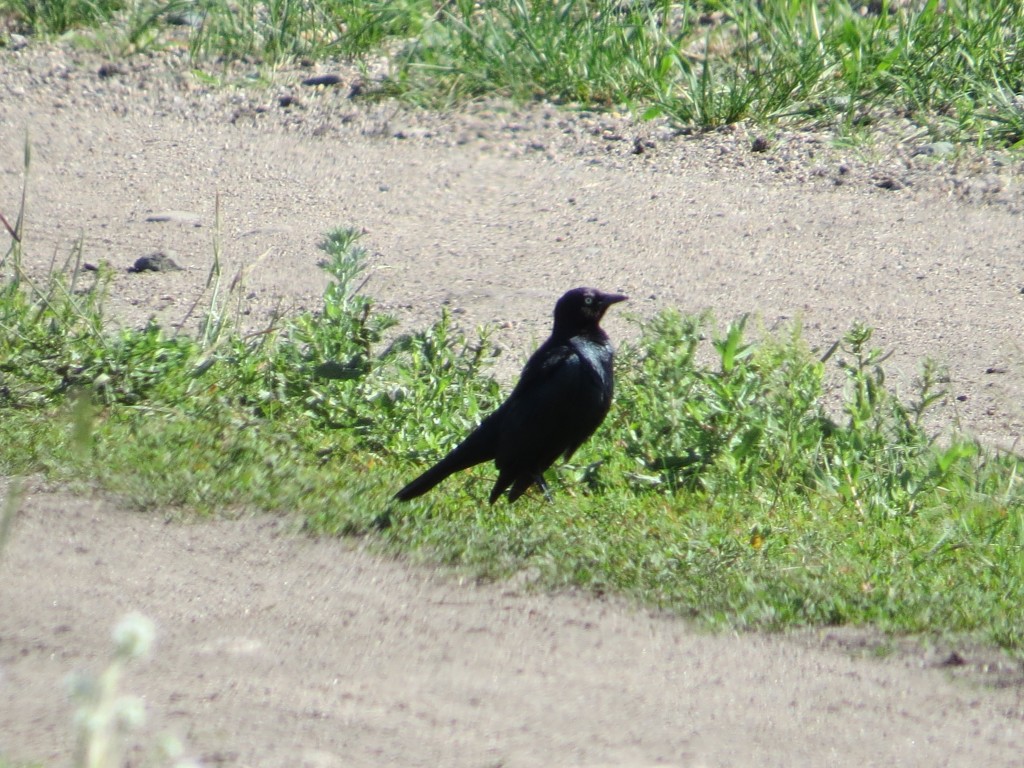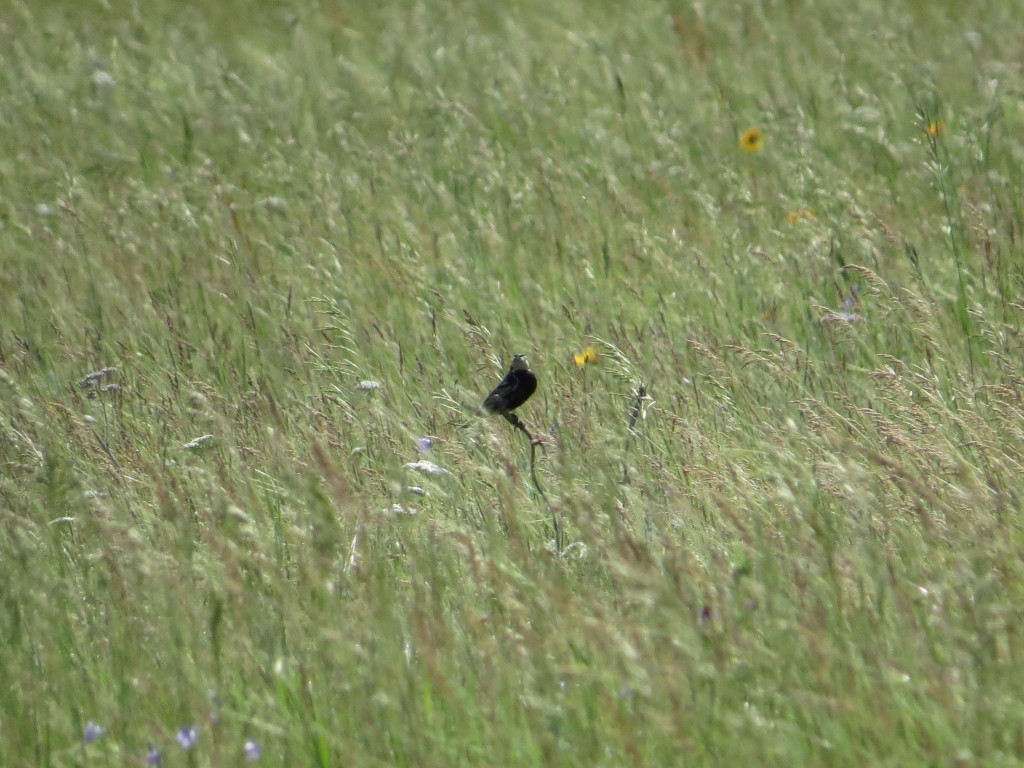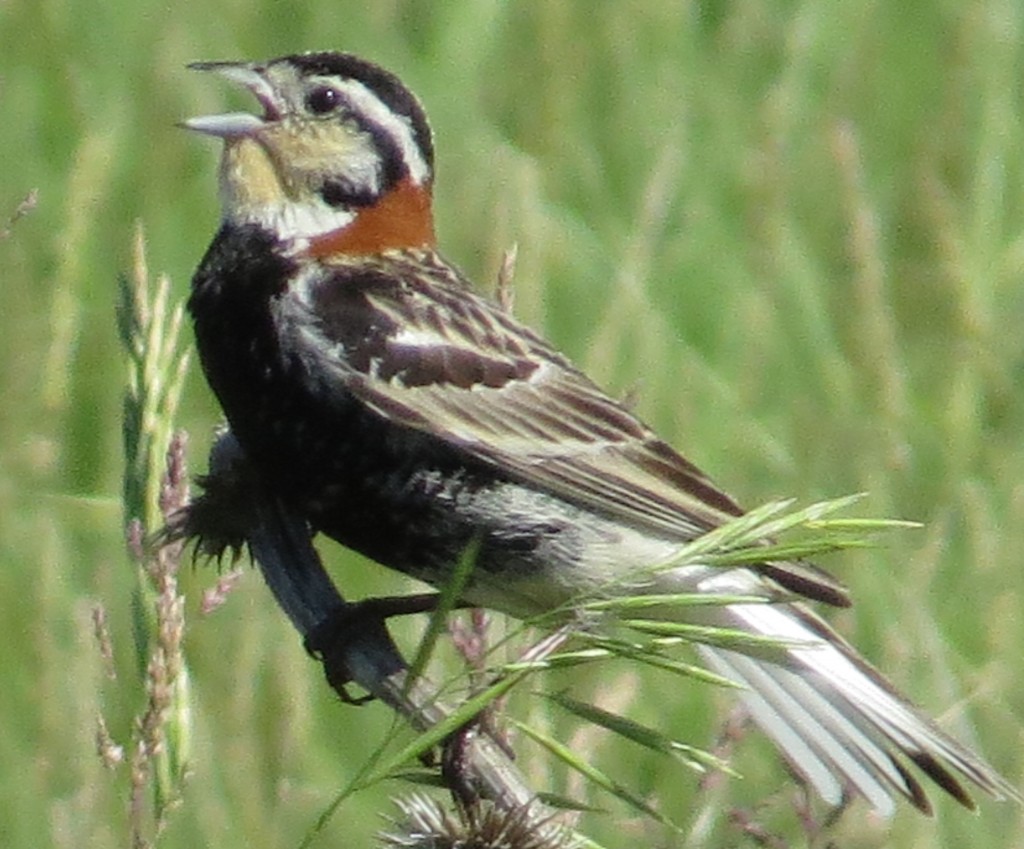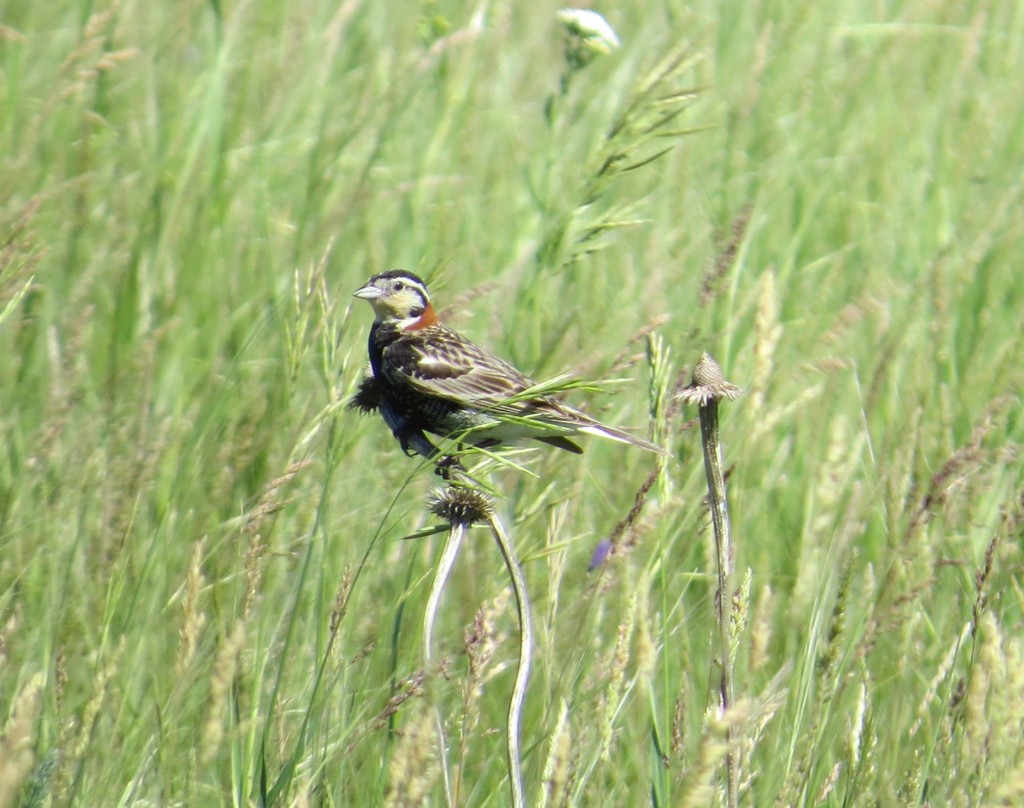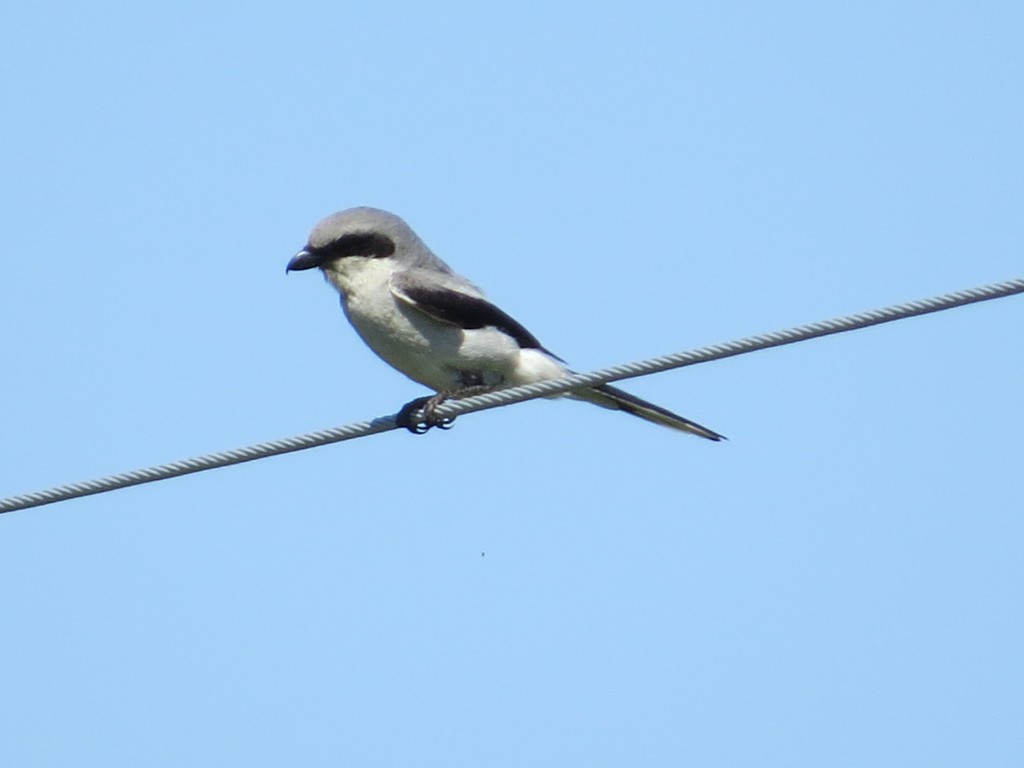What’s this, you say? A re-cap of 2014’s birds halfway through February? Right now heads are shaking as they contemplate my foolishly late posting. Well, to the detractors, I say the timing couldn’t be more right. For you see, I did not rush to compile a “Top Ten” list in the waning hours of 2014 when the pressure of an artificial deadline might cause errors in judgement. No, these ideas have been marinating and brewing for the most authentic and satisfying post possible. Actually, the reality is that the birding has finally just flat-lined here in February and all this extra time has allowed me to steal a lot of cool ideas from those who have posted before me.
2014 was a monumental year–a year that will, in all probability, never, ever be matched again. I do not anticipate doing future “Best of” posts, but I would be remiss if I did not commemorate the year that gave so much and so freely. Though the word often loses its meaning in today’s vernacular, no other word is more qualified to describe 2014 than “epic.” Evan and I began the year with a hefty-number of life birds, 200+. So how many new birds could a person reasonably expect to add in a new year at this stage in our birder development? 30? 40? 50? No, we blew those figures out of the water. I lifered 96 times and Evan 74. Yes, we traveled out of state a couple times, but most of those life birds were found right here at home in the great state of Minnesota. The numbers don’t tell the half of it. The actual birds included in those numbers are beyond anything I could have dreamed for us. The stories of the finds, the chases, the hunts are dripping with adrenaline. In fact, it was only just recently that my resting heart rate dropped below 120 BPM.
We’ll get to all that excitement in a bit, but first one must be grounded and look at the ugly side of birding.
Worst Birding Experiences of 2014
Far and away, this award goes to the Least Tern chase to Luverne. I suckered the kids into going on an overnight camping trip with me to Blue Mounds State Park to see this bird. My wife suckered me into taking along my dog. Now I’ve been to Blue Mounds before, so I promised the kids a great place to swim and a really cool city park in Luverne. Long story short is that the drinking water at the park had e. Coli, the swimming reservoir was drained from a broken damn to due heavy spring flooding, and that beautiful city park was completely destroyed in that same flooding. Not only did I have disappointed children and an overcrowded tent with two kids and a lab, but an overnight rain and lighting storm caused us to take shelter in the van at 4 AM and try to get some sleep. The next day I was desperate to replace two balding tires before our return trip. I found a dealership to do the job, and my plan was to take a walk around town with the kids and dog while it was being done. Unfortunately a downpour caused the three of us and the dog to take shelter in the one-car showroom while we watched Sponge Bob on a 6 in. TV and waited for our car. Oh, and that Least Tern we were after? Missed it by 15 minutes. Not even all the Common Nighthawks, Blue Grosbeaks, and Red-headed Woodpeckers we saw could salvage this trip.
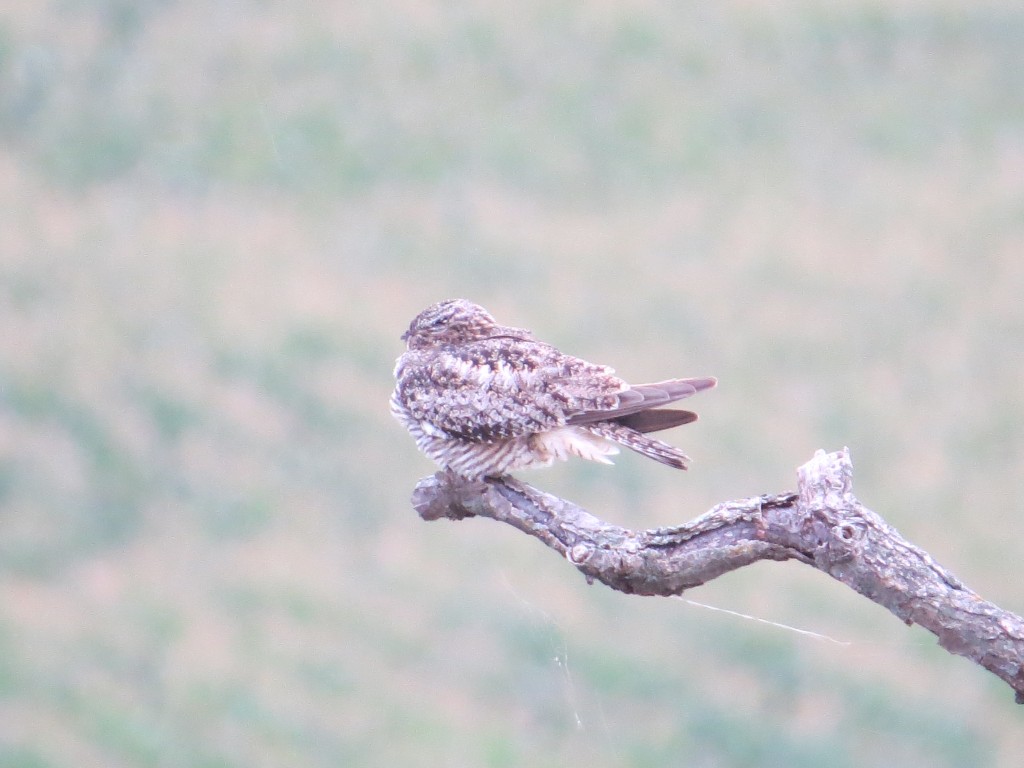
2014 also saw a few engagements with local law enforcement in the name of birding, mostly for the perfectly acceptable birding reason of speeding to get to a bird. However, one low point was getting “stopped” at the Pennock sewage ponds. I distinctly remember being shocked to see flashing red lights in my rearview while driving a dirt path around the ponds and then watching as the officer nervously approached my van from behind with his hand on his holstered gun. Even after I explained I was just birding, he ran my license, checked my insurance, etc. And when I thought it was all over? He stayed to watch me watch birds. Not enjoying the company, I left…and discovered a back-up squad car with two more officers on the other side of the pond! I guess a dirty mini-van at a rural sewage pond does seem a bit shady. But on an unrelated note, how about them nice treads on those tires?!

Thankfully I didn’t end up tased or have my accompanying daughter placed in child-protective services so that we could go on to better days ahead.
Best Birding Experiences of 2014
2014 saw plenty of travel and with it, plenty of great birding. Last March we made our first annual trip to Maricopa, Arizona to visit my snowbird parents. The trip allowed us to pad the life lists with a couple dozen lifers and meet up with Phoenix birder/blogger Laurence Butler for some memorable Sonoran Desert birding. In July we took a road-trip to Colorado to visit my Aunt Carol and Uncle Jon. Birding the Badlands of SD and the Wet Mountains of Colorado pushed the life list even higher by about another 20 birds. Not only did we go cross-country this year, but I went on several chases across the state with local birding friends Randy Frederickson and Steve Gardner and met many friendly MN birders at the stake-outs of the rarity after rarity. 2014 was ripe with such birds. I think Randy added a half dozen state birds; usually he’ll get one every couple of years or so.
As fun as all the traveling was and all the great birding it brought, the best birding experience occurred in August when I had to attend a training in St. Paul for work. This afforded me the opportunity to bring along my family for a mini-getaway. It also afforded me the opportunity to check out an extremely accommodating and wildly popular Least Bittern at Wood Lake Nature Center. It took a little bit of effort on the part of some other birders to help us all see this cool bird just 6 feet away from the boardwalk on which we were standing.
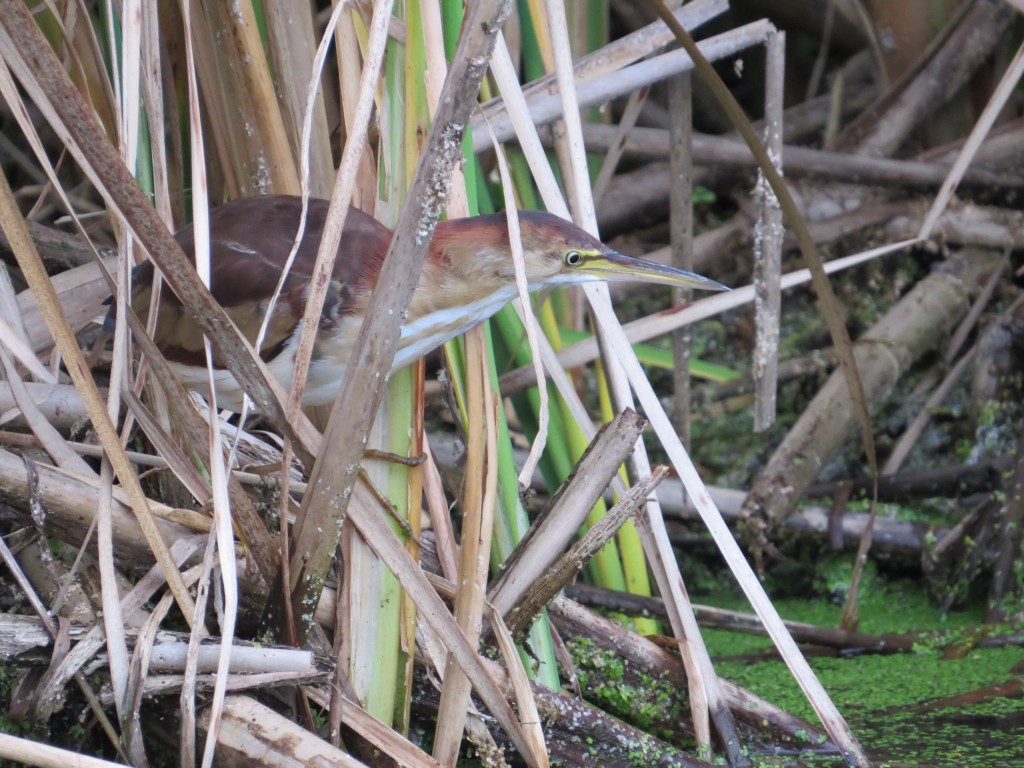 And one of the birders who helped us find this bird was none other than Stan Tekiela!
And one of the birders who helped us find this bird was none other than Stan Tekiela!
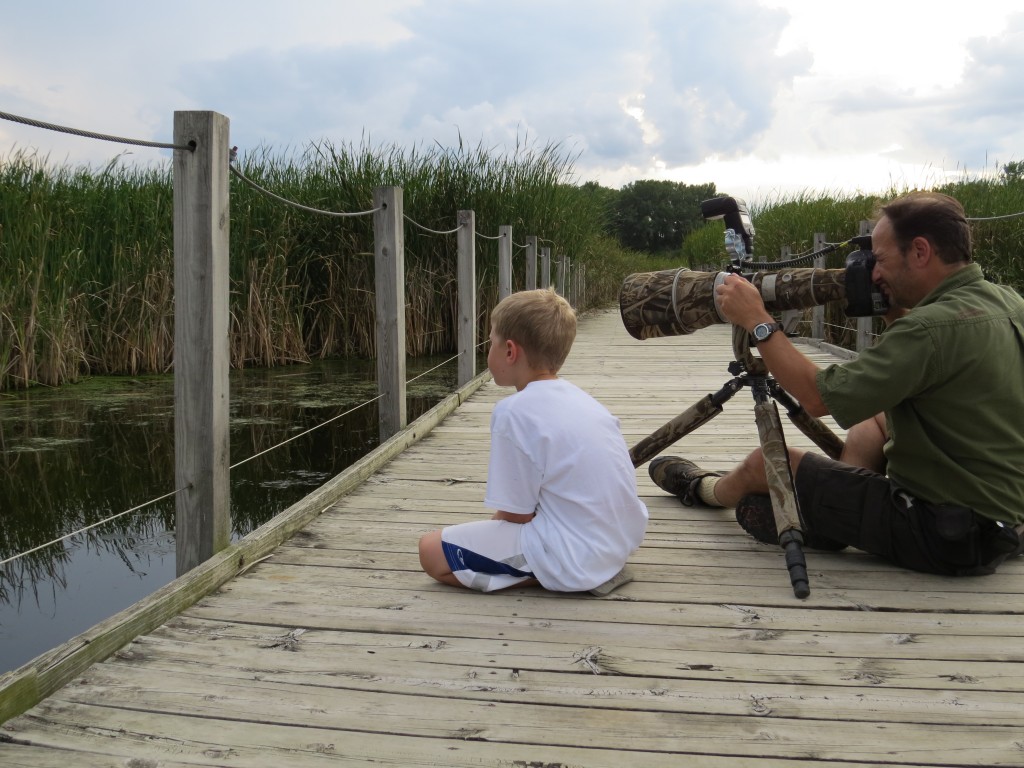
It was a joy to watch Evan as he was really digging this lifer, just watching it and watching it. The whole family was having fun watching this Bittern and the other wildlife. And Stan turned out to be an incredibly nice guy engaging Evan in a conversation about Bitterns and excitedly calling us back to look at a Raccoon. Evan had no idea who he was talking to at the moment. His eyes got to be the size of dinner plates when I told him later on. It was a memorable experience like none other.
Rarest Personal Finds of 2014
You can imagine how hard it was for me to make a Top-10 in a year with nearly a hundred life birds. I struggled to whittle down the list. So here is a tribute to some really cool (I mean REALLY cool) finds I had this last year. All these birds were previously undiscovered by others. You might consider it cheating as I’m extending my Top 10 by including these birds, but remember that 2014 was epic. I posted to the listserv so much that people either love me or loathe me. My luck was enough for a lifetime of birding. I’m still pinching myself. These birds are ordered from least rare to most rare and surprisingly none made the final cut for Top 10. Any bird marked with an * means that it had the bonus distinction of also being a lifer at the moment of discovery.
7. Eastern Towhee – Kandiyohi County – an Occasional bird for the county and a solid find for a county that mostly consists of prairie and fields.
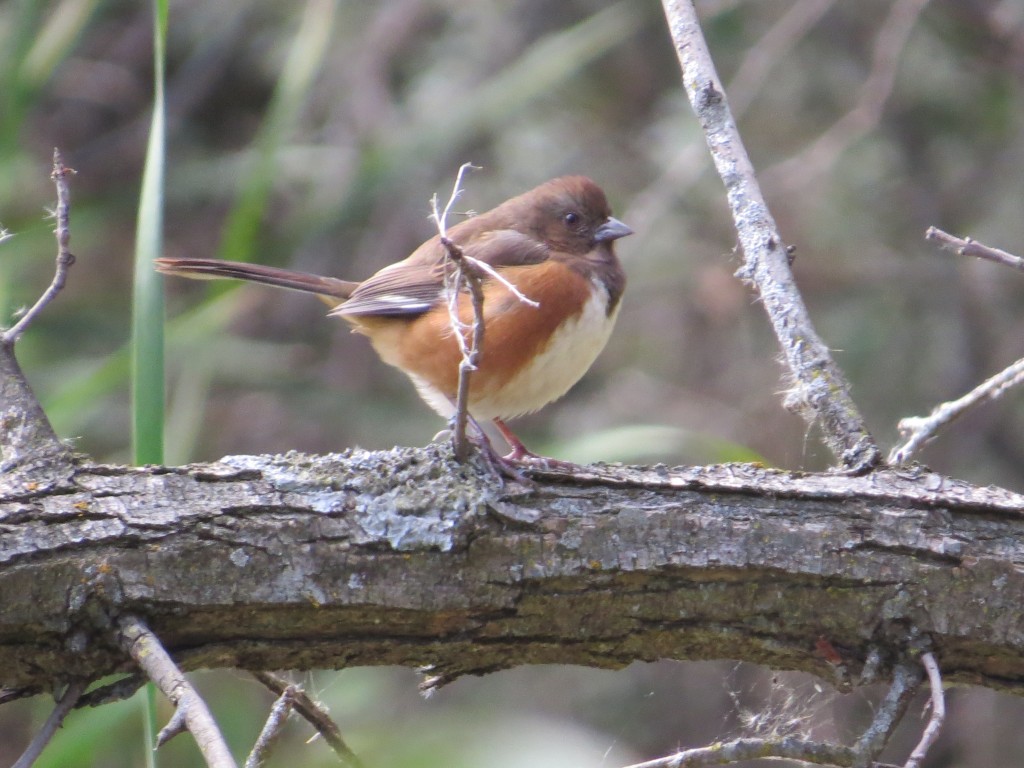
6. Western Kingbird* – Kandiyohi County – also Occasional. This was just a plain ol’ feel good find, an East meets West kind of bird.
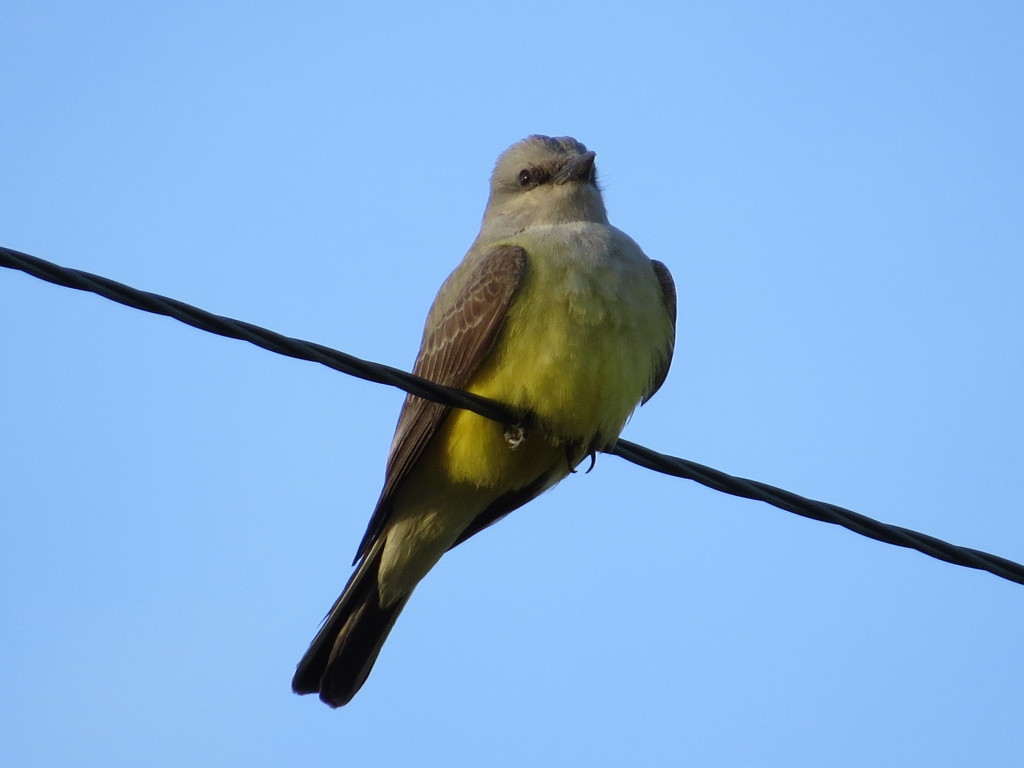
5. Swainson’s Hawk – Kandiyohi County – Occasional. Ditto above.
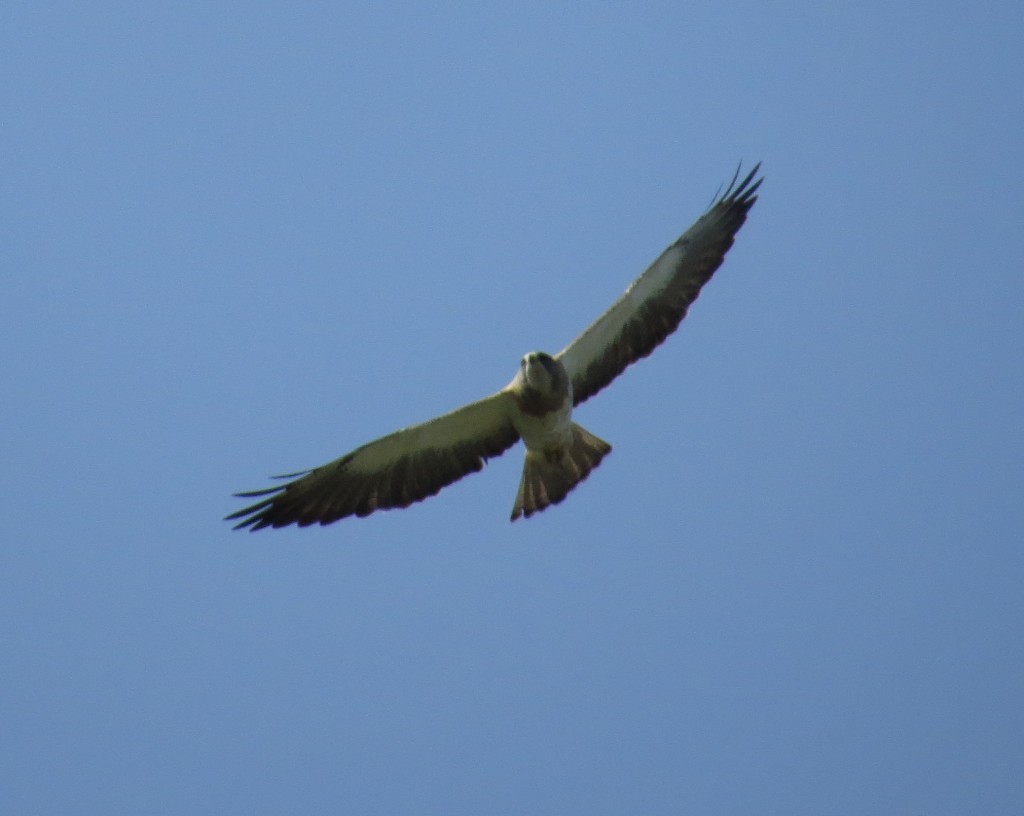
4. White-winged Scoter – Kandiyohi County – Occasional. I went Snowy Owling and got a Scoter hunch when I drove by Green Lake. I had the good fortune of that hunch being right. This Scoter brought in dozens of birders, some just getting a county tick, but many others getting the more important life tick. And in a Patagonia Picnic Table-Effect of sorts, one of those county listers also turned up a Long-tailed Duck when viewing this White-winged Scoter and yet another found a Snowy Owl! I missed the former by an hour and drove right by the latter. The agony of defeat still burns, but hey, it’s good the home county gained an even greater birding reputation.
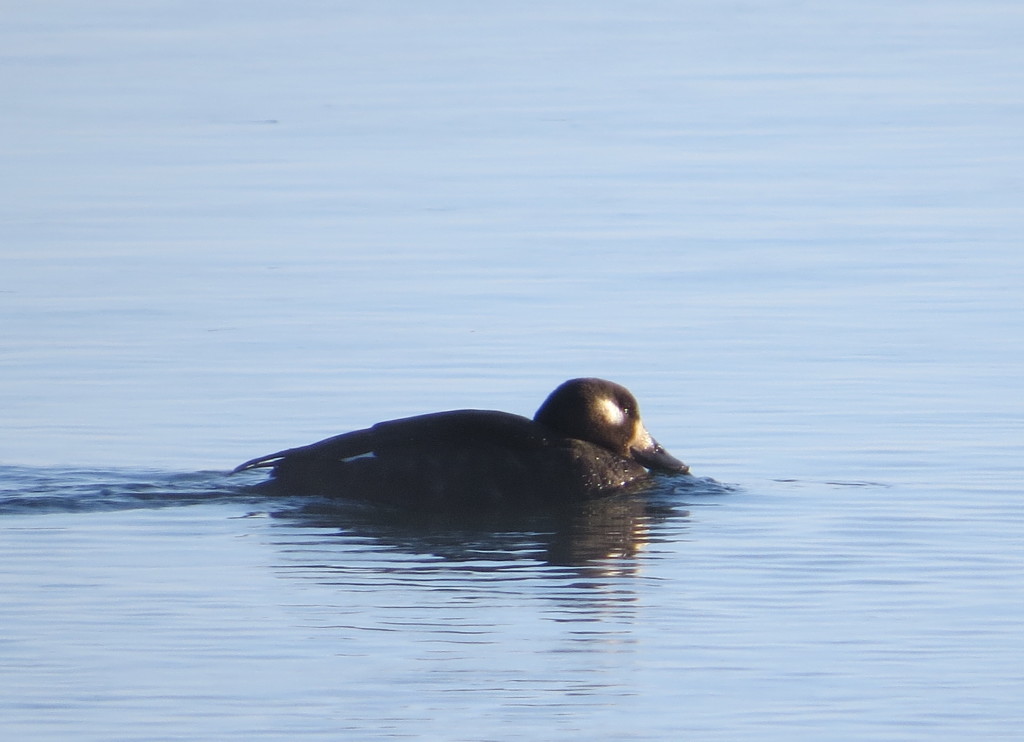
3. Mute Swan* – Renville County – First MOU official record for Renville County. I dismissed it in my peripheral vision as a pelican or Trumpeter Swan. I only gave it a look after my wife asked what it was. Wow, I should listen to her more often. BTW, not a bad bird for a trip to see the accountant is it?
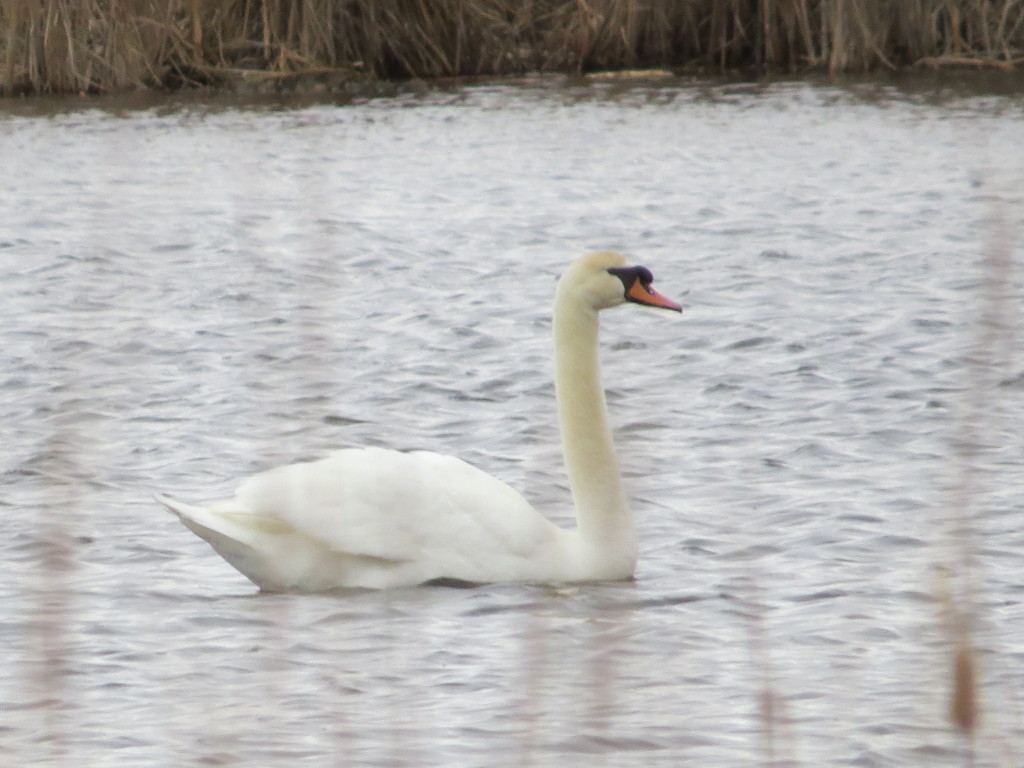
2. Spotted Towhee* – Kandiyohi County – Considered a Rare Regular for the state, showing up once or twice annually. It has been seen in the county before, but this one was the first official MOU record for Kandiyohi County. This one really got the blood pumping when I found it.
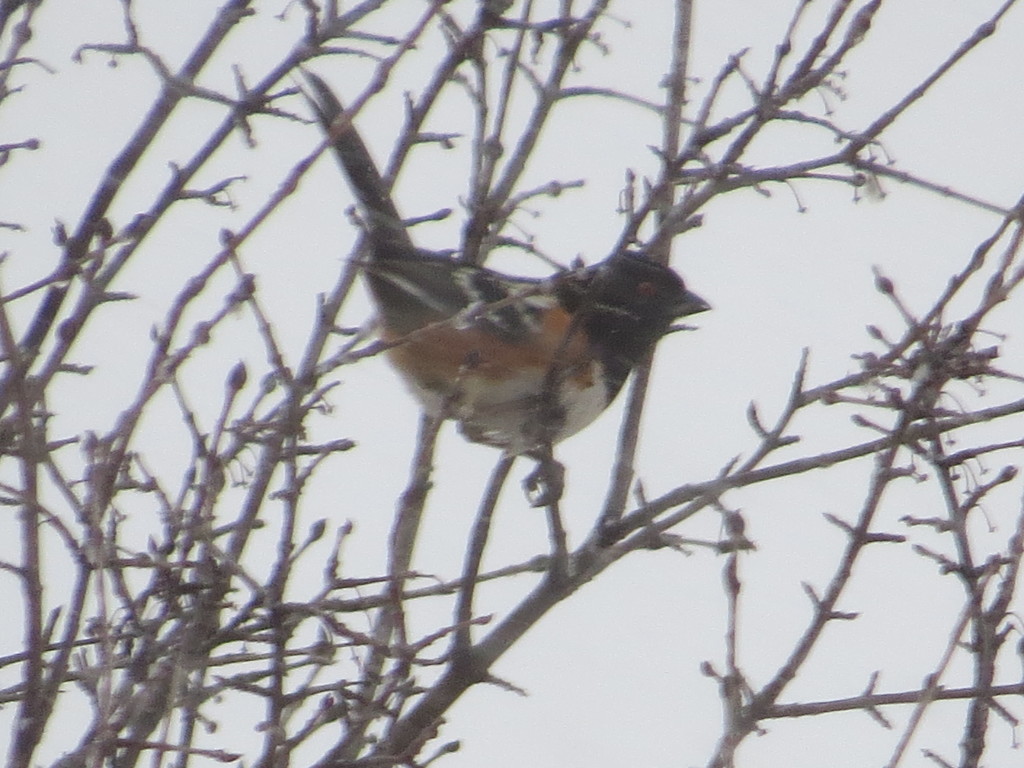
1. Lesser Black-backed Gull* – Kandiyohi County – Also a Rare Regular for the state but this one was the first official MOU record for Kandiyohi County. Unlike the Spotted Towhee, though, not even the Kandiyohi birding greats of Randy Frederickson, Ron Erpelding, and Joel Schmidt have seen this gull here at home. Unfortunately, it didn’t hang on for anybody else.

Biggest Upsets for not making the Top 10
Again, more Top 10 stretching. Any of the aforementioned birds could have easily made Top 10, but there are even more phenomenal birds that missed the top honors that are listed below. Seriously, you have to wonder what’s in the Top 10 if these birds didn’t make the cut.
10. Harlequin Duck – If only you’d been mature, little drake, you’d be right near the top!
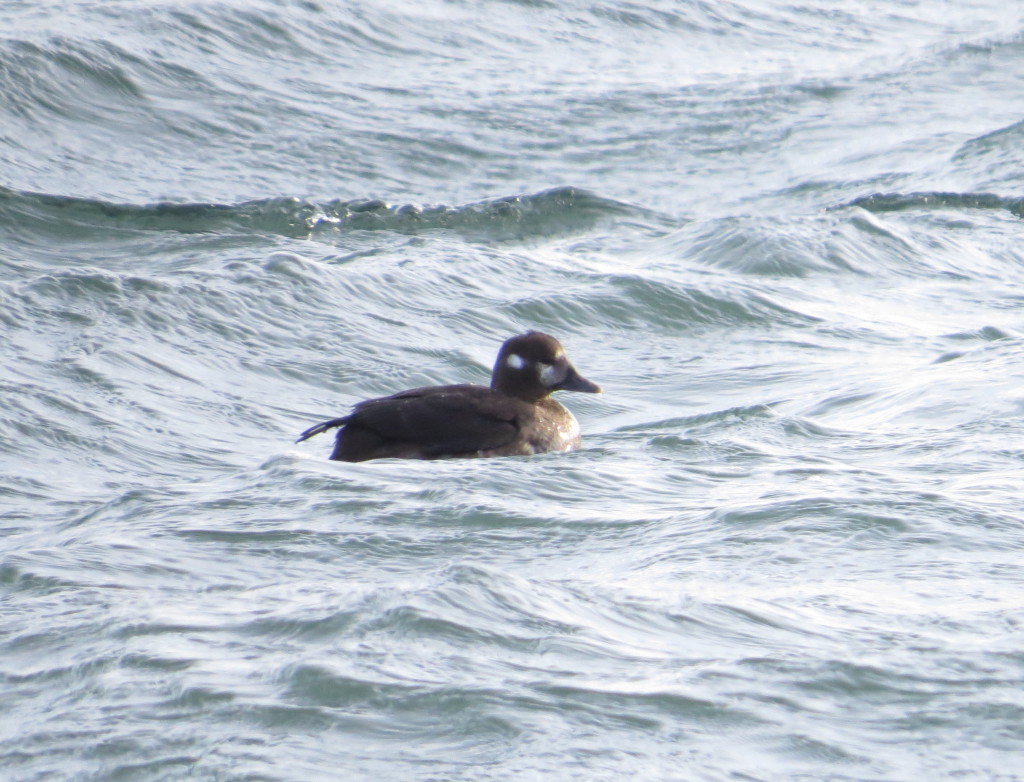
9. Eastern Screech Owl – How does an owl lifer miss the top spots? Maybe if it had opened its eyes or been a red-phase… Regardless, here’s a shout-out and thanks to Tony Lau for sharing his yard bird!
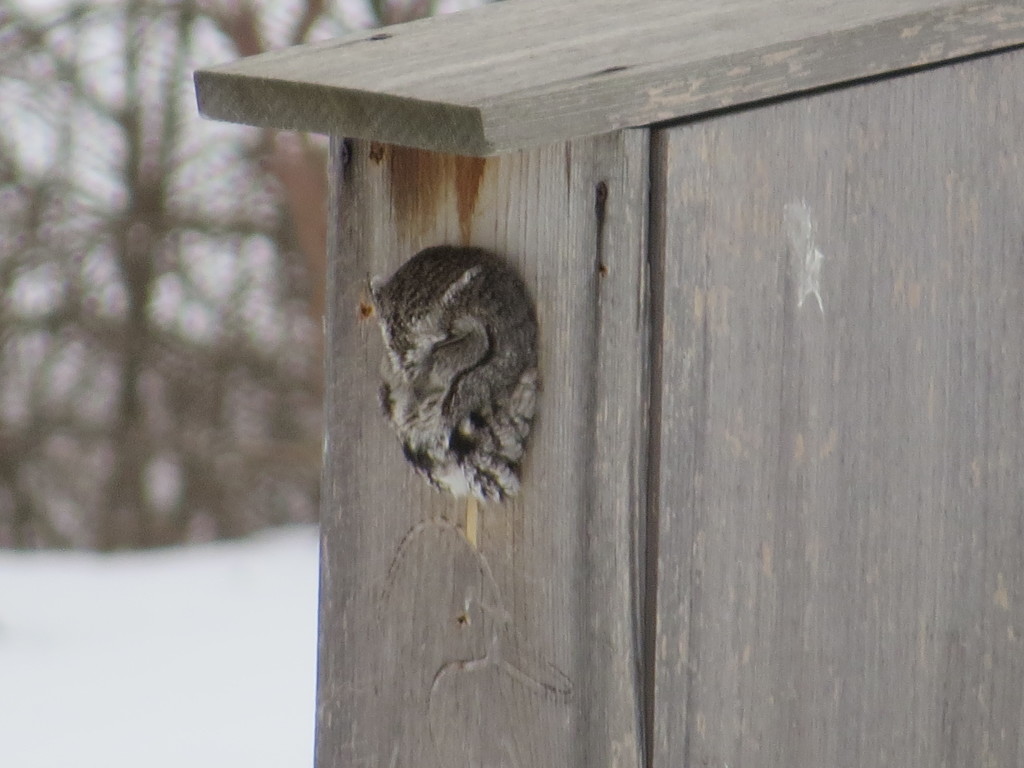
8. Prothonotary Warbler – A great, great warbler for MN and quite the looker too!
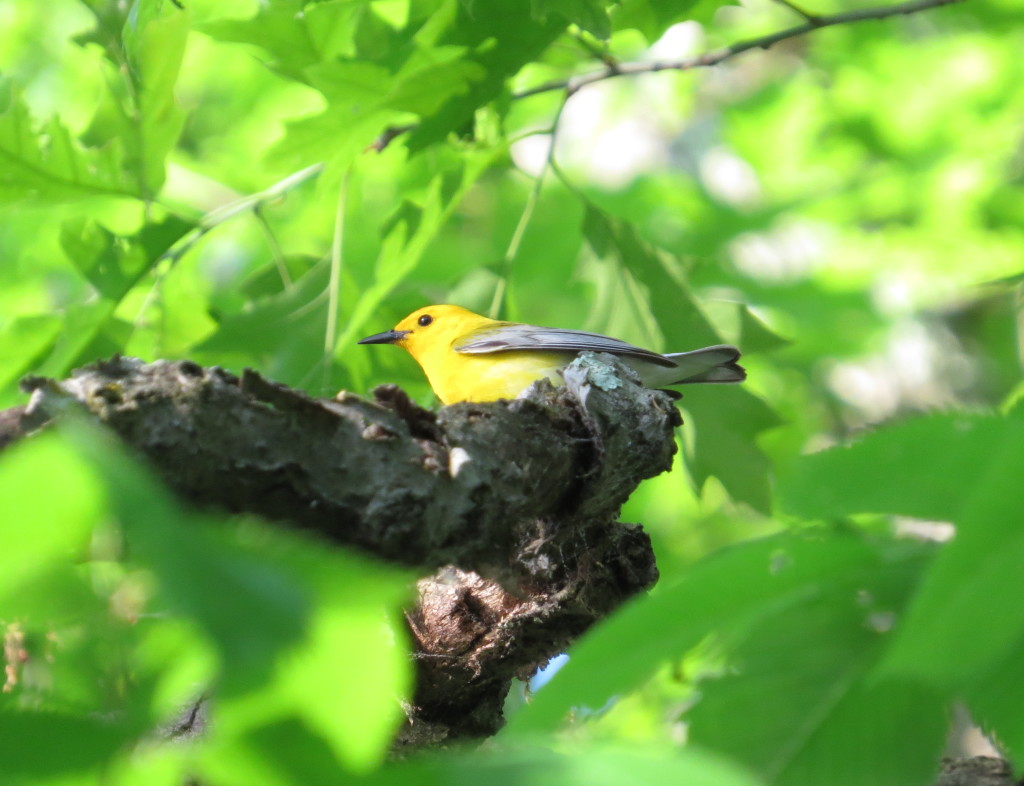
7. Hooded Warbler – This warbler nests in extremely small numbers in certain parts of the Twin Cities metro area. I made a special trip just to look for it, and I saw three in one day.
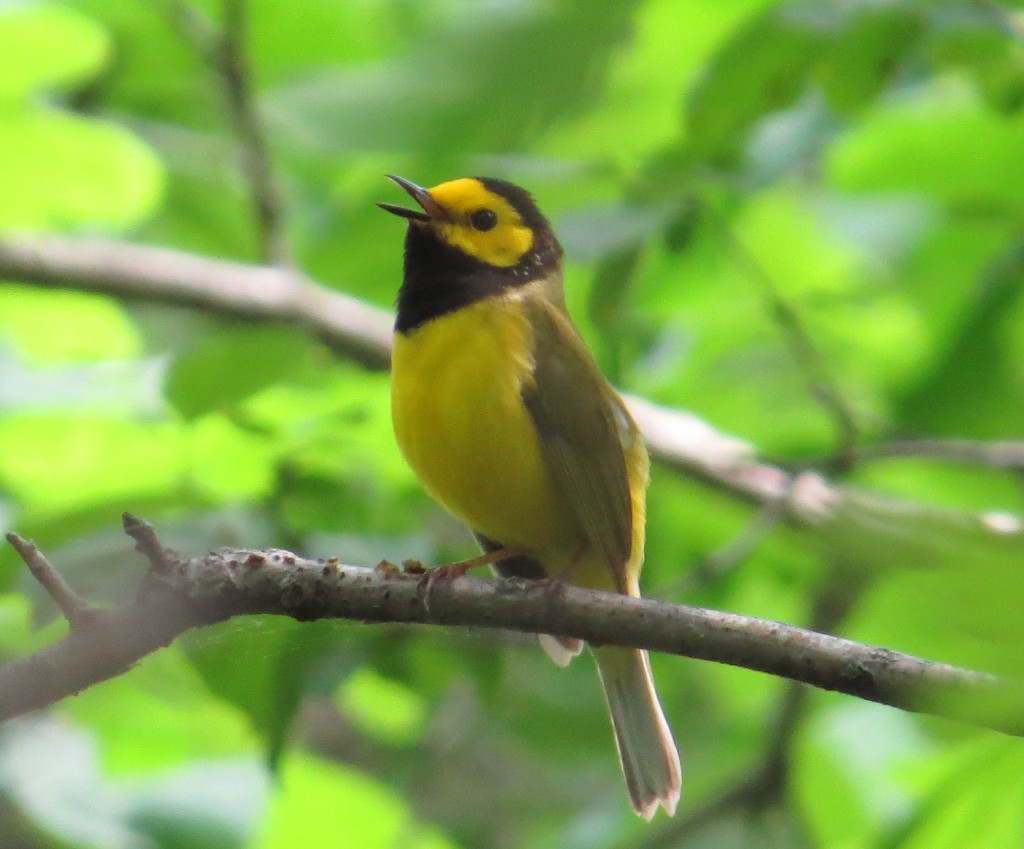
6. Greater Prairie Chicken – Crazy, right? This was a bonus find when hunting for one of the top birds.
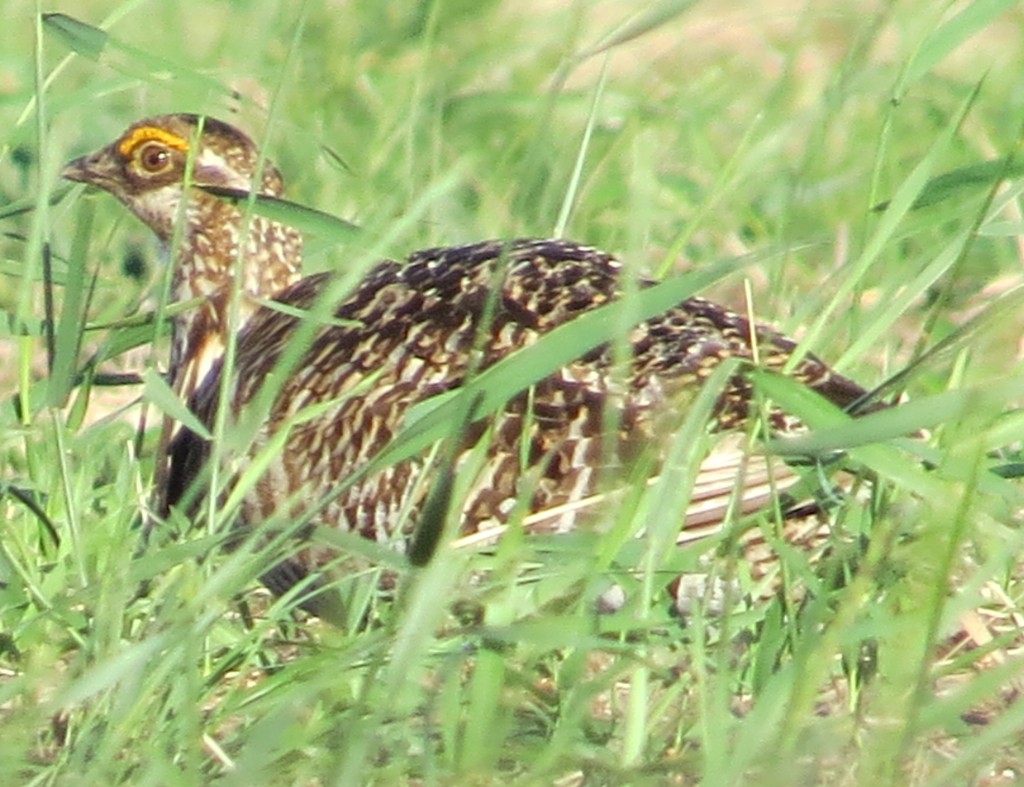
5. Vermilion Flycatcher – Gorgeous, gorgeous bird and Target #2 for the AZ trip. Again, crazy.
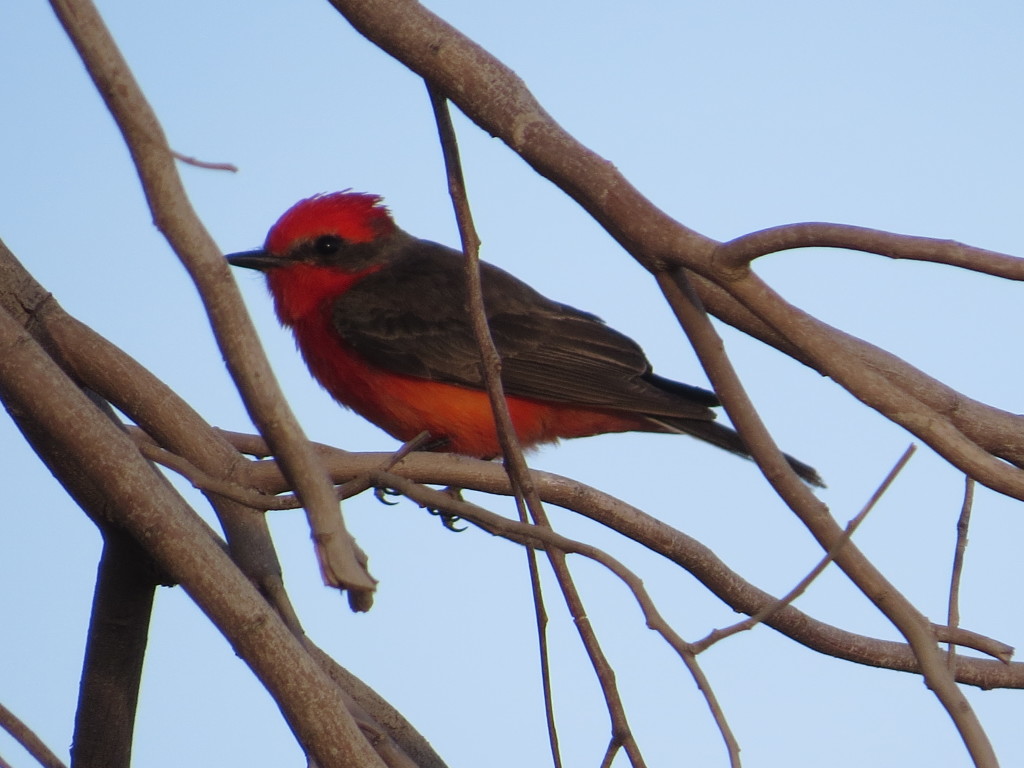
4. Varied Thrush – Any other year it’d probably be in the Top 10, but not even bonus points for showing up right here at home was enough to get it in the top tier.
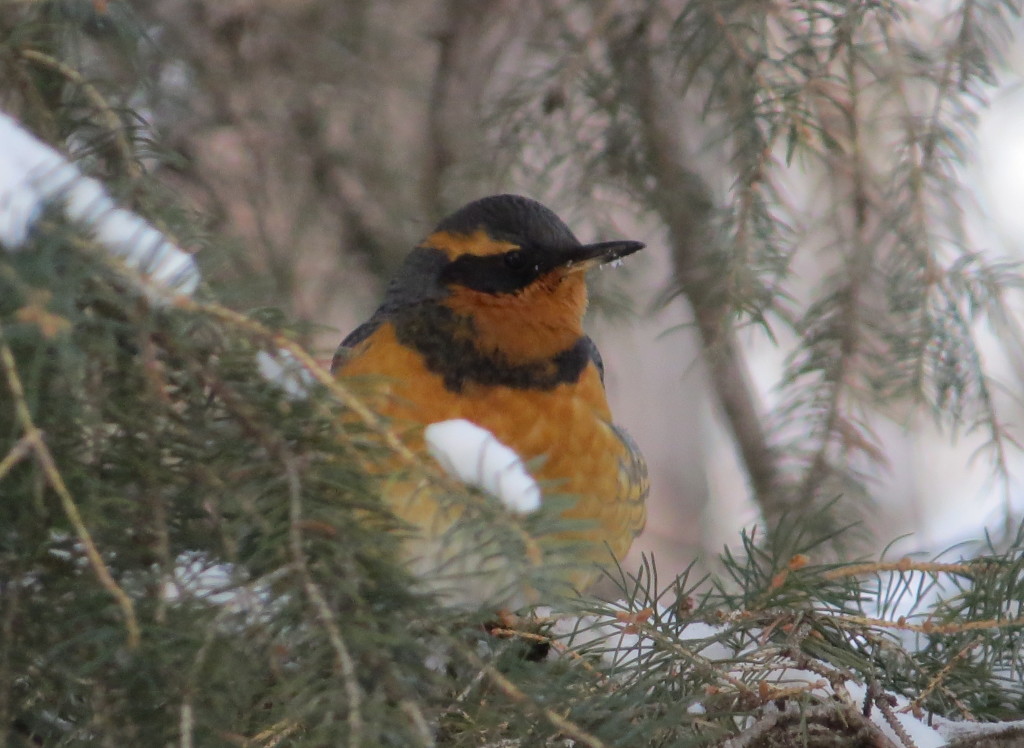
3. Eurasian Wigeon – Casual in Minnesota. I saw one. Kinda.
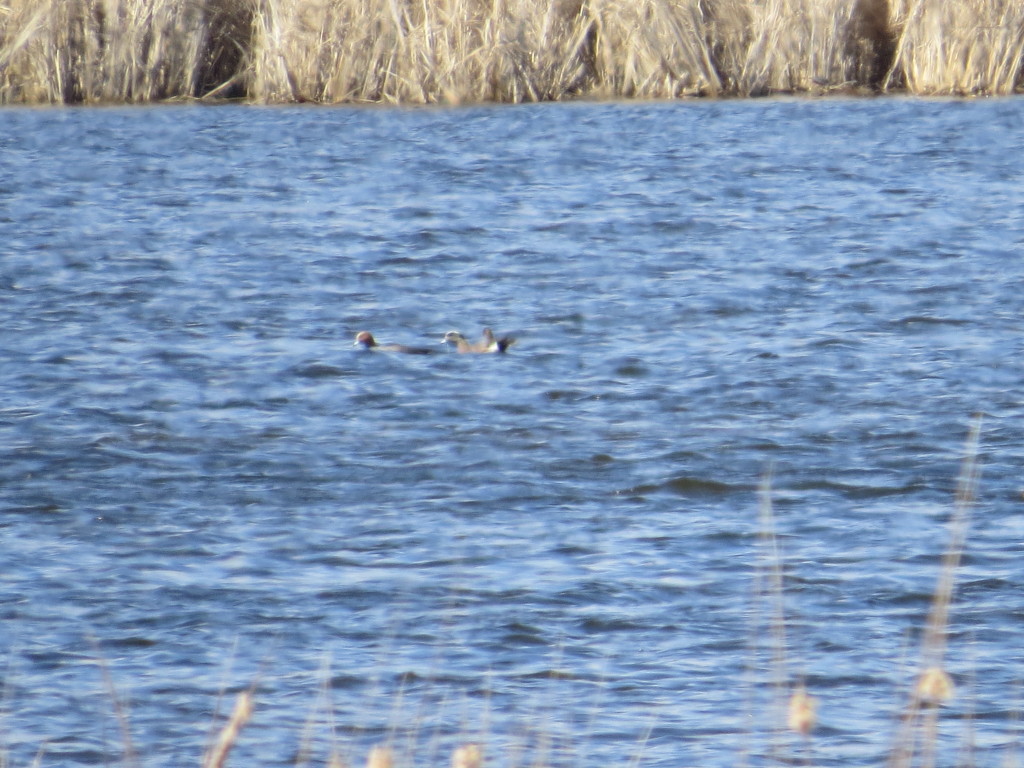
2. Common Eider – Not even making its first reappearance on MN waters since the 1960s could land this duck in the Top 10.
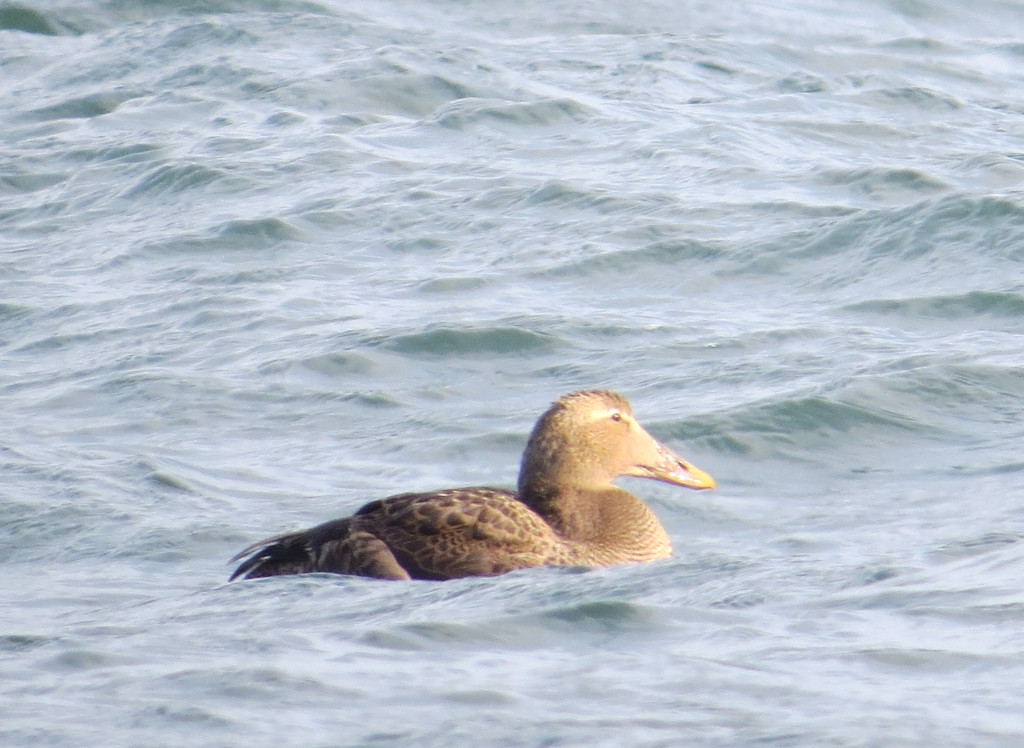
1. Wood Stork – Minnesota’s second state record. Its rarity is the only reason it’s in this list. Since this bird is ugly, here is a more fun picture of people enjoying that ugly.
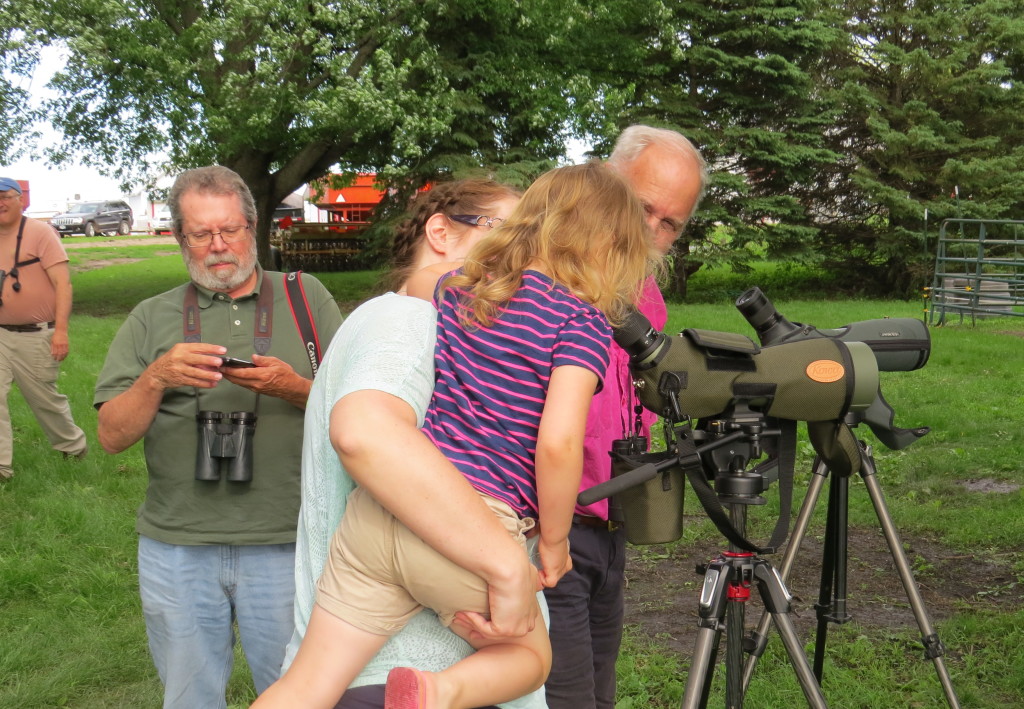
THE Top 10
So here is what you’ve all been waiting for–the real Top Ten. You might find yourself a bit surprised by my choices, but keep in mind that the bird itself is only half the fun–often circumstances, the birding company, or the hunt itself influenced my decisions. The list is not indicative of the rarity status of these birds. A surprising twist to this Top Ten is that nearly half of the birds are not even lifers (Indicated by an *)! Moreover, a great majority of these birds were found in-state.
10. Snowy Owl*
Now hold on a minute, I know you’re sick of these things on this blog and wondering how, in their great abundance, could they make the cut? Snowy Owls added life to both the dull winter landscape and the business-as-usual halls in which I work in 2014. When I got my lifer in late 2013 and learned of the impending irruption last year, I sent out an all-staff email requesting coworkers let me know of any sightings. That opened the floodgates. I was opening email after email of sightings, taking calls, listening to wild-eyed students and giddy staff members tell me about yet another sighting. It was an incredibly fun time. The owls made for instant ice-breaker conversations with all kinds of people. Though I never found my own Snowy Owl in 2014, I was able to point many people to their first which was quite a thrill. Additionally, driving anywhere became fun as every pole top or barn roof could hold a Snowy. And the amount of down time for Snowy Owl hunting was a mere 7 months as they were back in early November to begin an echo flight of last year’s irruption.
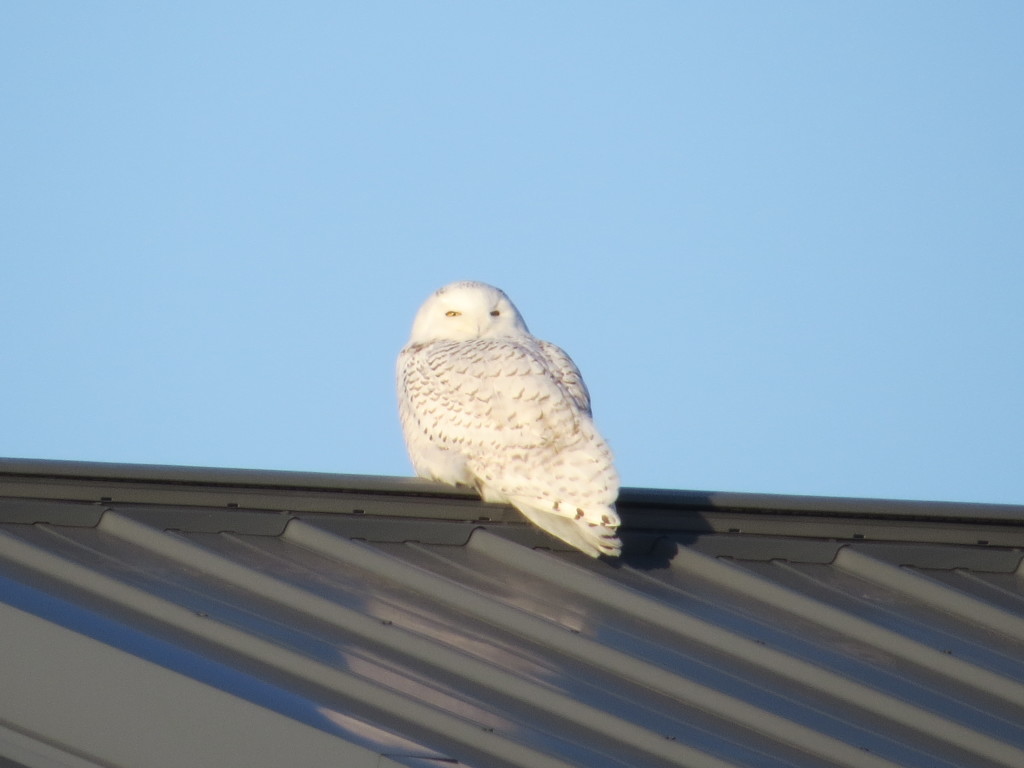
9. Black-billed Cuckoo
This is an uncommon bird and nowhere near rare for the northern half of MN during the breeding season. Still, it is an extremely elusive bird. Evan and I found our lifer quite by accident. We went for a four-wheeler ride on my parents’ property and stopped to play a tape of a Northern Parula only to be answered by the exotic sound of the Black-billed Cuckoo. We eventually were able to lure it into the open for some good views using playback. It was haunting how that bird moved and watched us from the shadows. And the sound of that thing is the craziest and most awesome bird noise I’ve heard. How could I have grown up in the northwoods and never heard or seen this bird? I know how. They hide like ninjas, watching your every move as you walk through the woods.
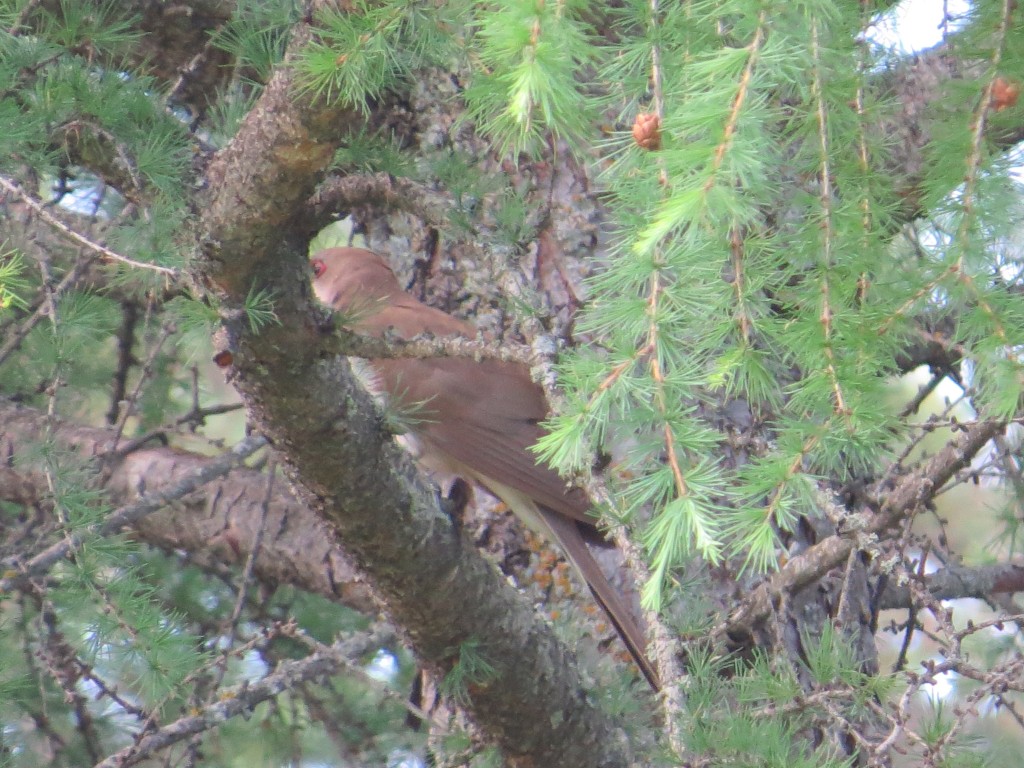
8. American Avocet
Ever since Evan and I got into birding, we talked about the awesomeness of the American Avocet. It just stands apart from all the other shorebirds with that black and white plumage with the crazy orangish head and neck, not to mention the long, upturned bill. Not only did we finally see this bird in 2014, but we found our lifer ourselves right here at home–the best way. I’ll never forget seeing it and then hustling down the sewage pond embankment to tell Evan. His eyes got huge, and he scrambled to get out of the car. We ended up seeing this species on three separate occasions in the county last year. Such a bird! Such a year!
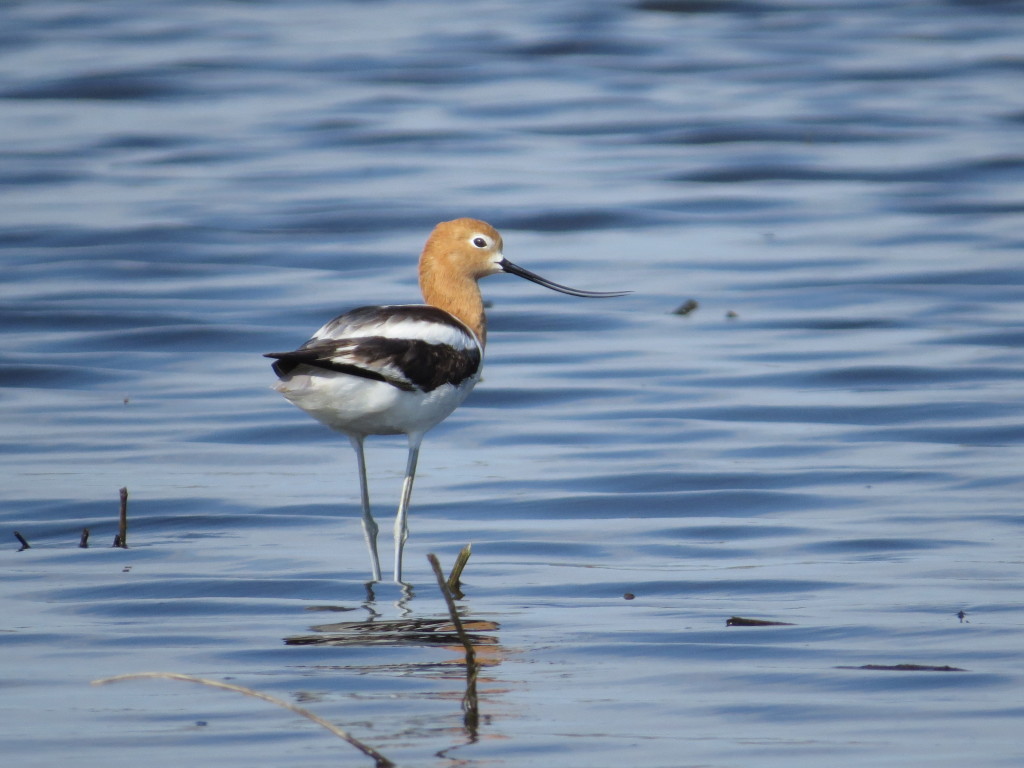
7. Cerulean Warbler*
This was not a life bird, but it was a special treat to see one at our very own Sibley State Park right here in Kandiyohi County, and I finally got some killer photos of the bird. This was now the third Cerulean I’d ever seen, and I cherish each sighting as this bird is fighting for its future on two continents. Evan’s seen this species a couple times now, but I hope that this beautiful, buzzy warbler will still be around for his kids and grandkids.
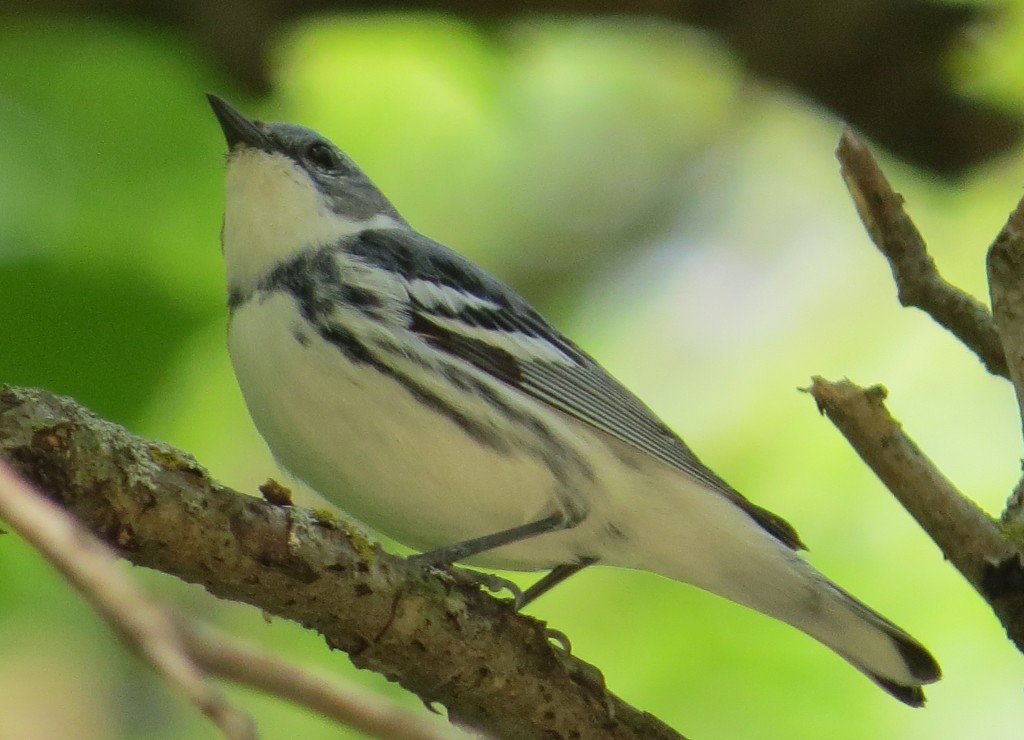 6. Chestnut-collared Longspur
6. Chestnut-collared Longspur
This striking Longspur is a state-endangered species. Only a handful of pairs nest annually on a small tract of land known as the Felton Prairie IBA just east of Fargo. Steve Gardner and I finally made the trip this summer just to look for this bird. Picking up a bonus lifer Greater Prairie Chicken and seeing plenty of Western Kingbirds, Loggerhead Shrikes, and Marbled Godwits was pretty neat and all, but we nearly dipped on the main attraction at Felton Prairie. This guy was a buzzer-beater, showing up just 15 minutes before the deadline Steve and I had set to go home. This bird did not disappoint us in its looks.
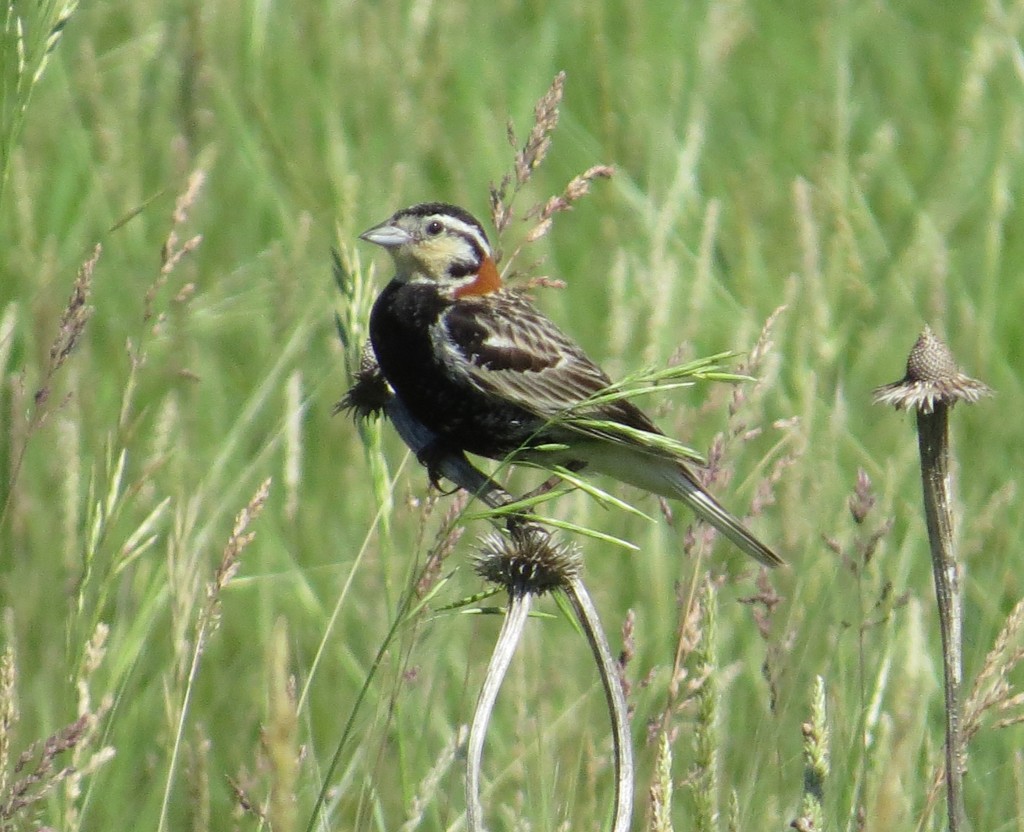
5. Spruce Grouse*
This bird was a buzzer-beater for 2014 and slipped into this list at the eleventh hour. This was the first Spruce Grouse I had seen since circa 1999. Even Minnesota birders drool over laying eyes on this beautiful gnome of the deep spruce bogs. I happened upon this one while driving the short distance between my parents’ house and my in-laws’ house in the final days of 2014 while we were home for Christmas. It felt so good to finally see this bird again and be able to photograph it.
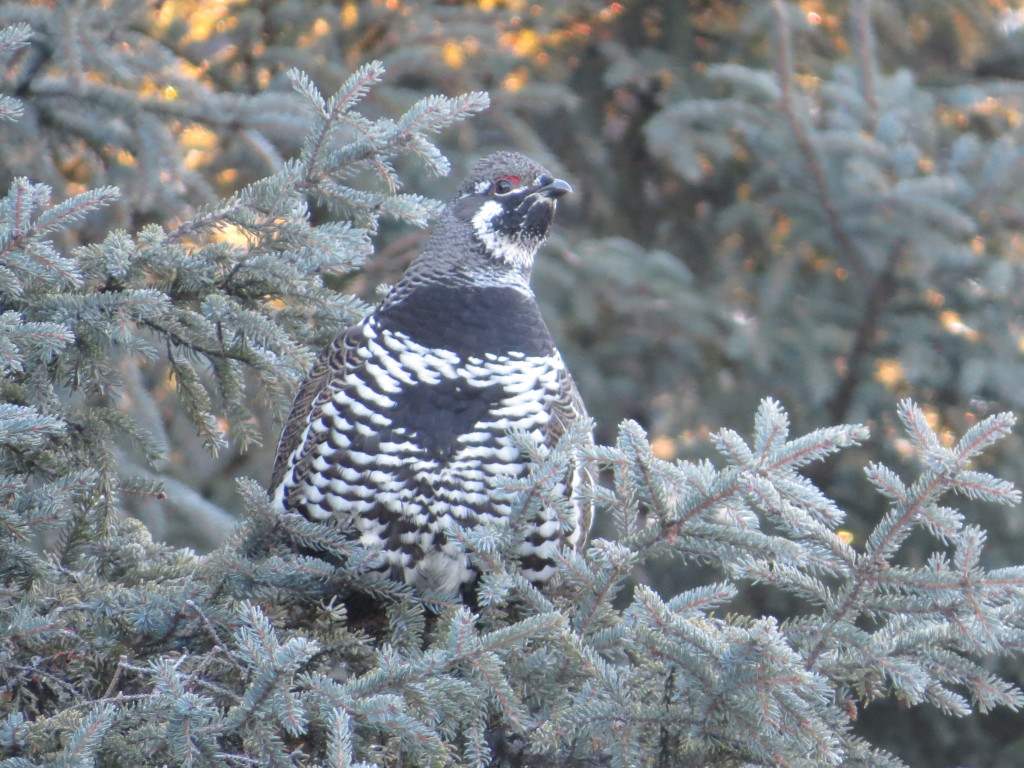
4. Long-eared Owl
I had the great pleasure of birding the Phoenix Mountain Preserve with Laurence Butler when we went to Arizona last March. As we talked plans ahead of time to bulk up my life list with some desert species, Laurence mentioned the possibility of the rare Long-eared Owl prize. I honestly thought, ‘Pssshht. Whatever-like we’ll see ever that.’ But inwardly I was secretly excited too. As someone who connected with birding because of the thrill of the hunt, it was a magical experience to wind our way through a tree-choked gully in the Sonoran Desert with the possibility of coming face-to-face with an owl that is coveted everywhere. Then it happened. One exploded into the air in front of us leaving throbbing hearts and cursing mouths in its wake. Eventually Laurence and I pinned it down and stared right into those yellow eyes. It was a mountain-top high on the valley floor.
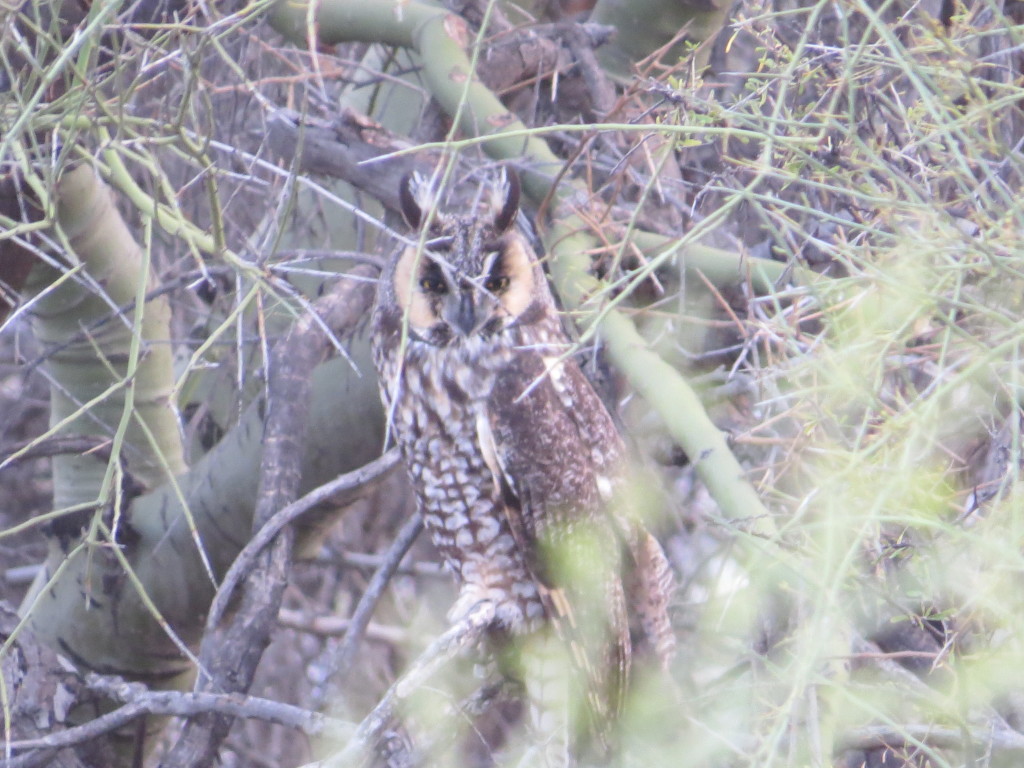
3. Blue Grosbeak*
Yes, Josh, it’s a beautiful bird, but c’mon, #3?! This is a bird I dreamed about seeing when I first saw it in the Kaufmann Field Guide and noticed that the very southwestern tip of MN was in its range. Eventually I learned it’s a reliable find at Blue Mounds State Park which is where we got our lifer in 2013. Getting deeper into birding, I was finding out that they are actually found much further north and east of that tiny corner of the state. My curiosity was peaked after seeing them in Cottonwood and then when Joel had said he and Randy had seen a family of them a couple years ago just 25 miles away from Willmar in Renville County. So I investigated the site and struck out. However, I noticed a gravel pit in the vicinity and stopped to check it out since Blue Grosbeaks have an affinity for such desert-wash environments. I rolled down the window and was almost instantly greeted with the sweet, sweet sound of BLGR.
When I got home I looked at the gravel pit with satellite imagery and discovered that the tract of gravel pits stretched for nearly four miles being intersected neatly with a county road every mile. I had to go back! And so I did. And I found a Blue Grosbeak on every county road that intersected that gravel tract for a total of four Blue Grosbeaks over a three-mile stretch. As a bonus, another birder following up on my reports turned up a 5th one. We were no longer dealing with a far-flung, slightly out-of-range individual bird or two. Instead we had a thriving population of Blue Grosbeaks in Renville County which is far north and east of where they are supposed to be. And they are only six miles south of Kandiyohi County!
Finding rare birds by chance is great fun, but investigating a theory and having that theory validated with multiple birds was a birding achievement that I prize more than any of my rarities mentioned in this post. Contributing data to a possible range expansion is exciting stuff. I cannot wait to check on them again this summer.
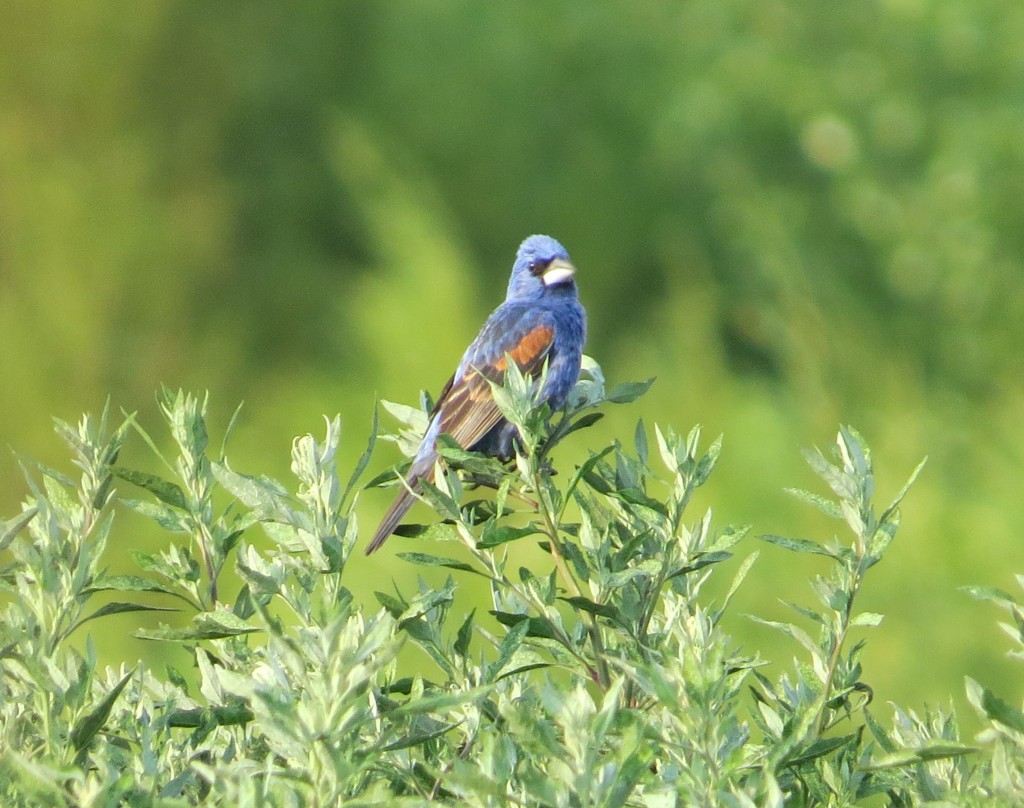
2. Burrowing Owl
Since Melissa has taught the novel Hoot for years and since Evan and I are birders, this owl has a special connection with our family. It was the one bird that we simply had to see in Arizona above all others. Laurence had told me Zanjero Park was pretty much a lock, but my dad, the chauffeur, went rogue and opted to drive us along random roads in the countryside south of Maricopa. As zero new birds were being seen, especially not the Burrowers, I thought the day was going to be lost. So then a quiet, non-aggressive Norwegian stand-off ensued complete with beatings around the bush and passive-aggressive attempts to commandeer the situation.
“I think Zanjero could be a sure thing.”
“It’ll be more fun to find our own.”
Folks, let me tell you, always listen to your dad and kiss your wife because as my heart was sinking in despair along with the setting sun, Melissa hollers from the backseat that she found one! And another and another and another. Dang! The fun didn’t stop there either. I finally found a couple, and even my mom found herself one. We had eight Burrowers in all! Let me tell you, these Scandinavians were rocking that van with whoops and hollers. It was a fun, memorable experience for the whole family.
In all, we saw 12 Burrowers on our trip with a pair even within biking range of my parents’ house.
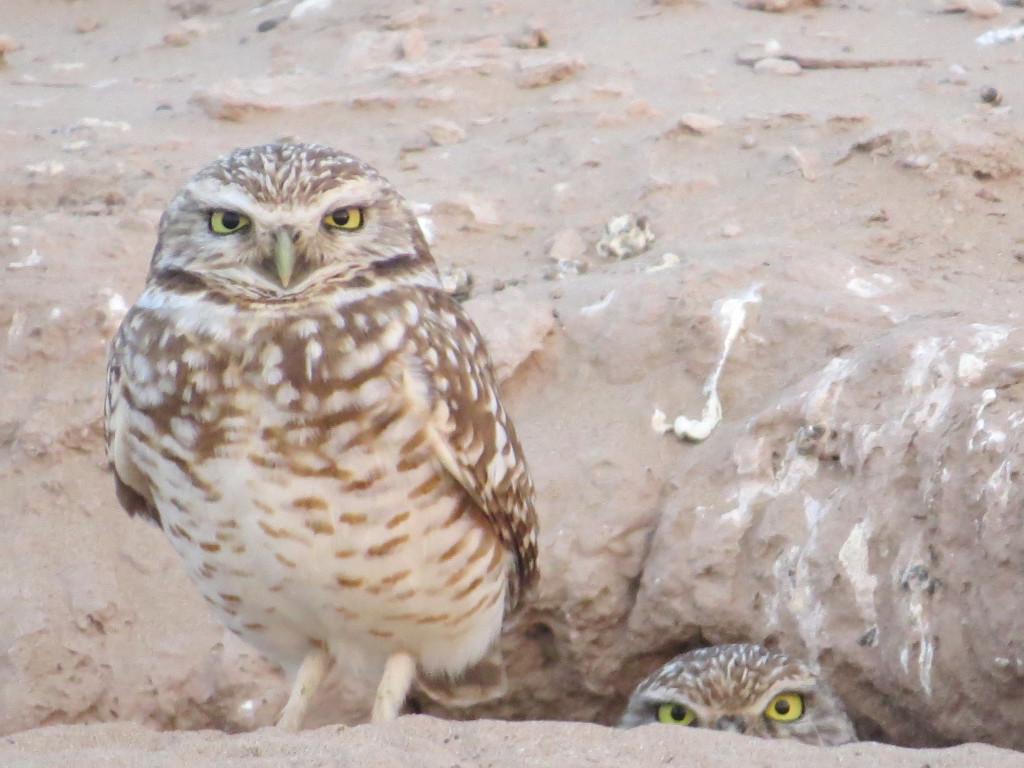
1. Garganey
You’ve seen the kind of birds we put up in 2014. Honestly, could this spot be held by anything other than Wisconsin’s first state record of a Garganey that Evan and I went to see? If you look up the word “serendipity” in the dictionary, you are bound to see a picture of a Garganey. Kaufmann writes that it can show up on any marsh in the spring. How awesome and hope-inspiring is that?! Plus it is a gorgeous duck that I had been yearning to see someday before my time is up. And if seeing a Garganey wasn’t a thrill enough, we went on this adventure with long-time birding great, Ron Erpelding, and got to witness someone who has amassed over 50 years of birding and over 675 life birds see this bird for the very first time just as Evan and I were seeing it. It was life bird #678 for Ron. Not even the cats-and-dogs rain could detract from our joy that drenched us when we watched this bird just 15 feet out the car window. It was, by far, the best bird of 2014.
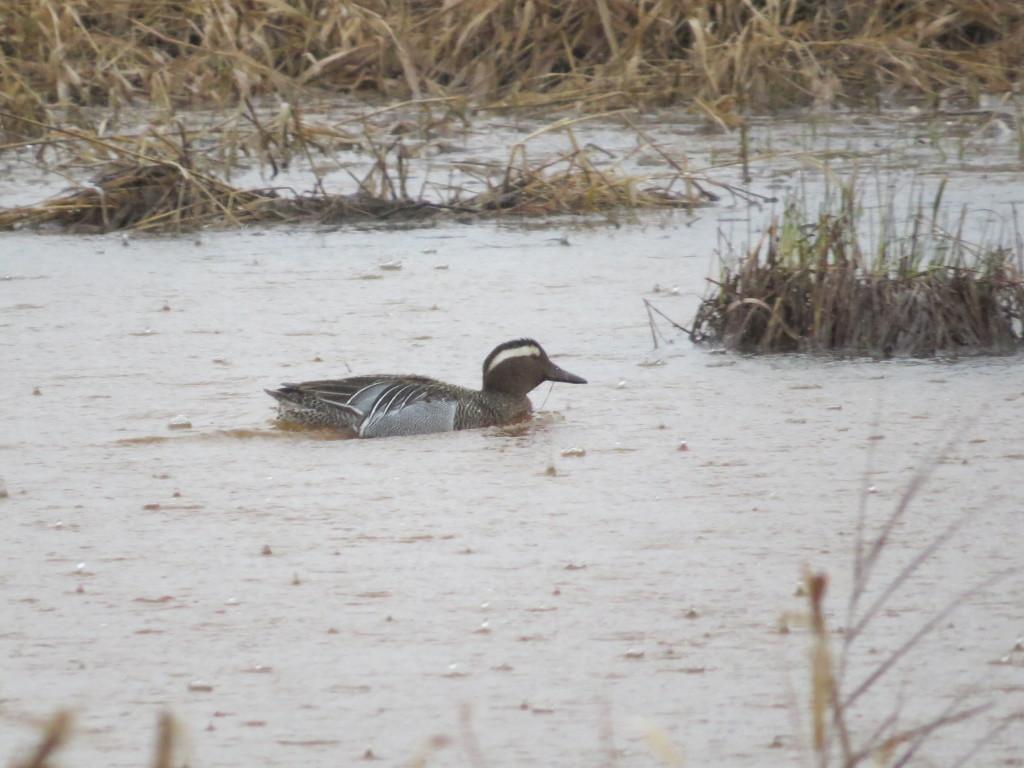
So, 2015, it is unlikely you will live up to the high bar you’re bigger, all-American, older brother, 2014, has set. But take heart because you will be special in your own right. Perhaps you will be known as the year of the Gyrfalcon!
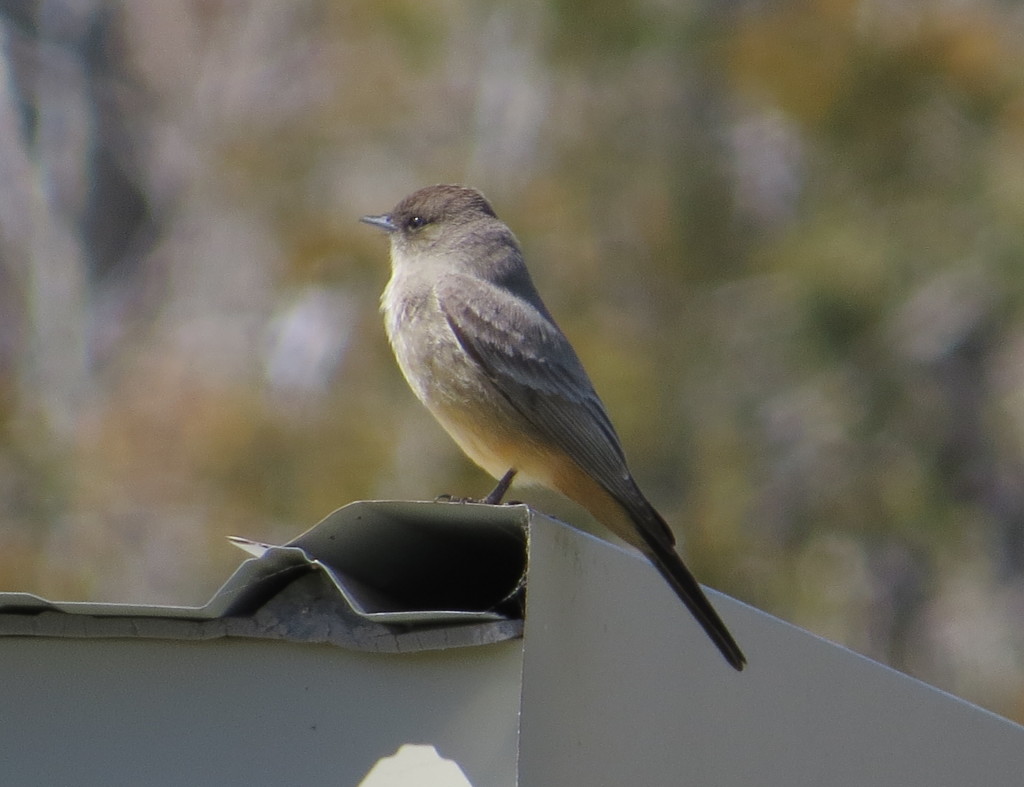
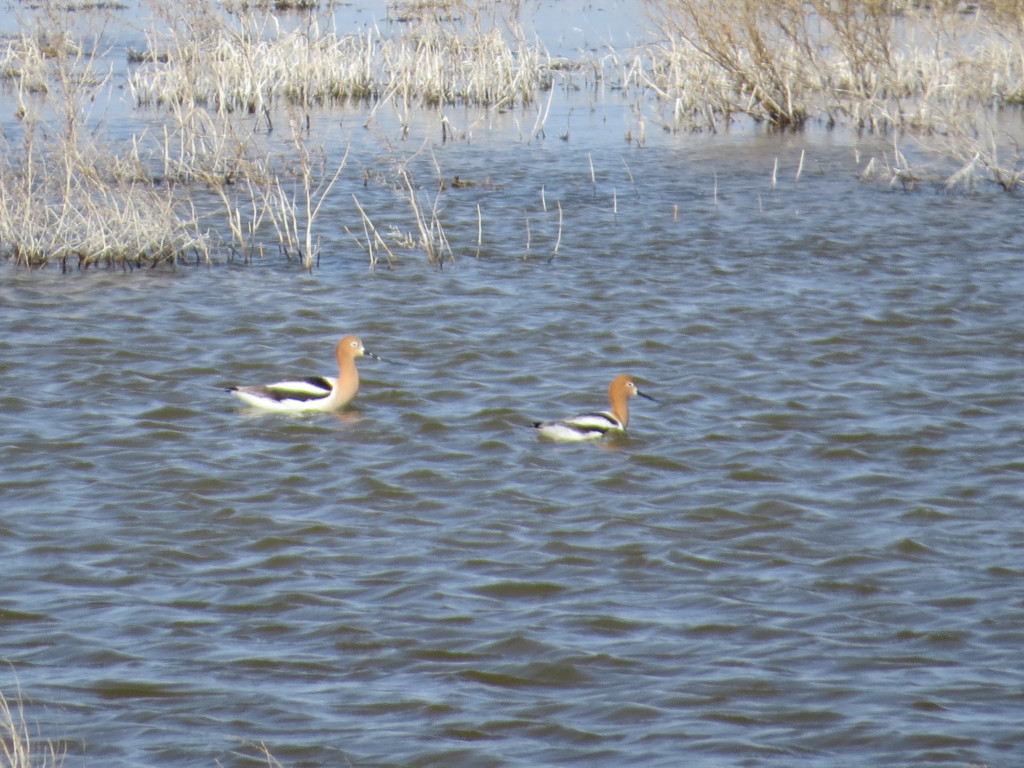
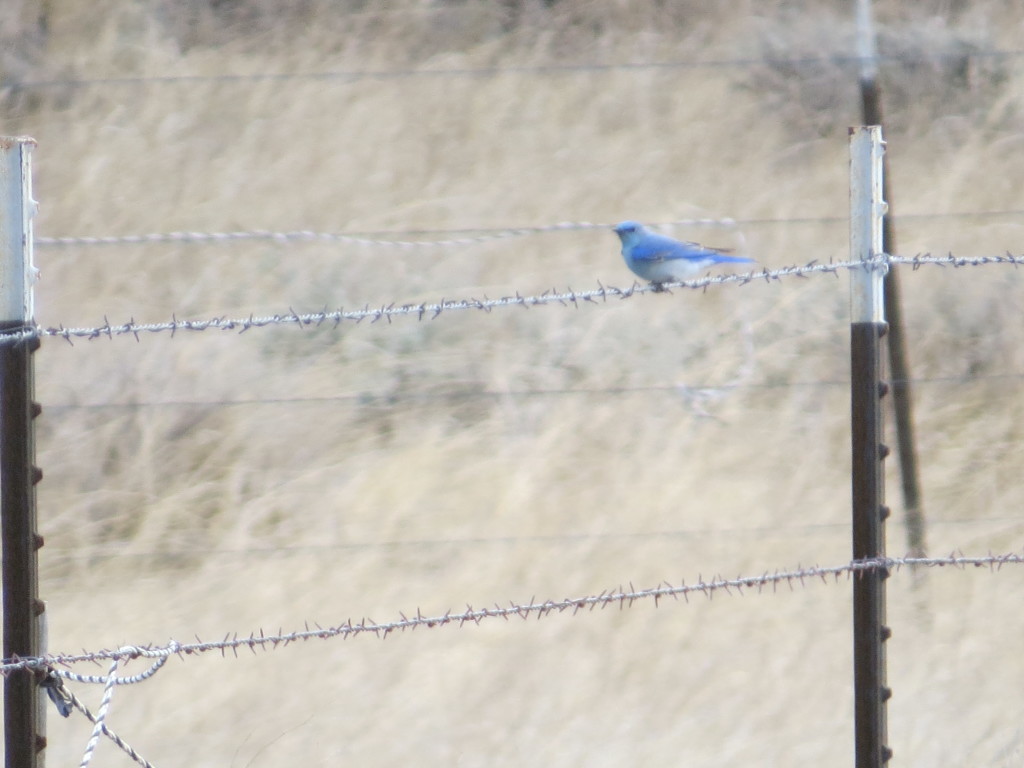
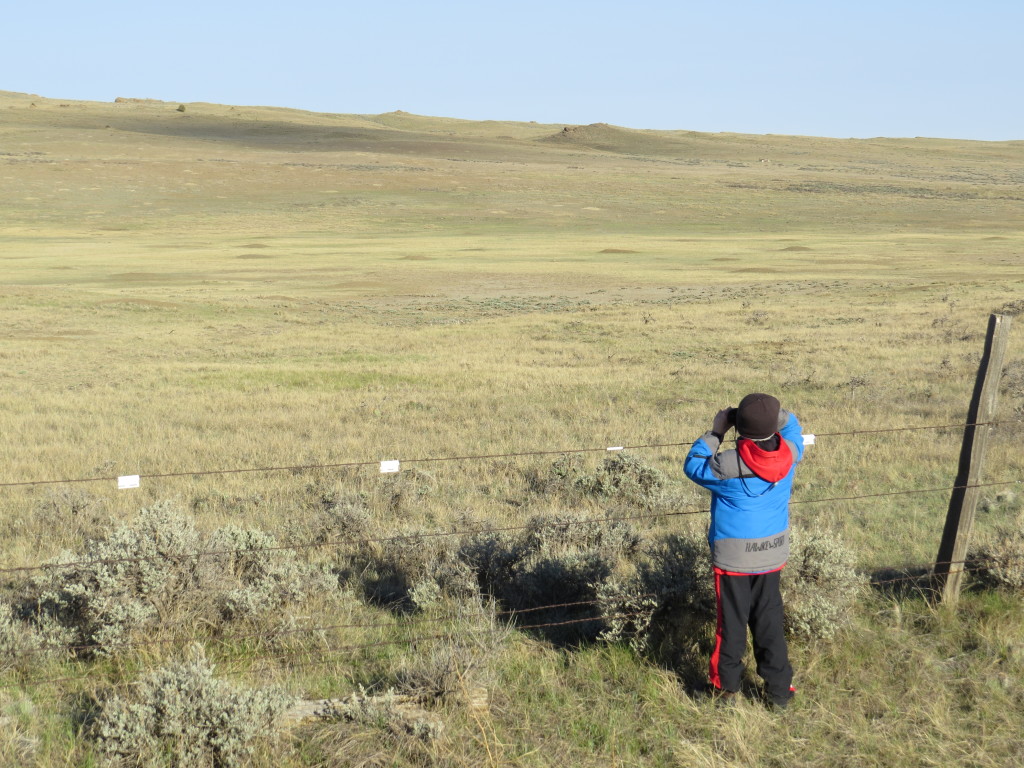
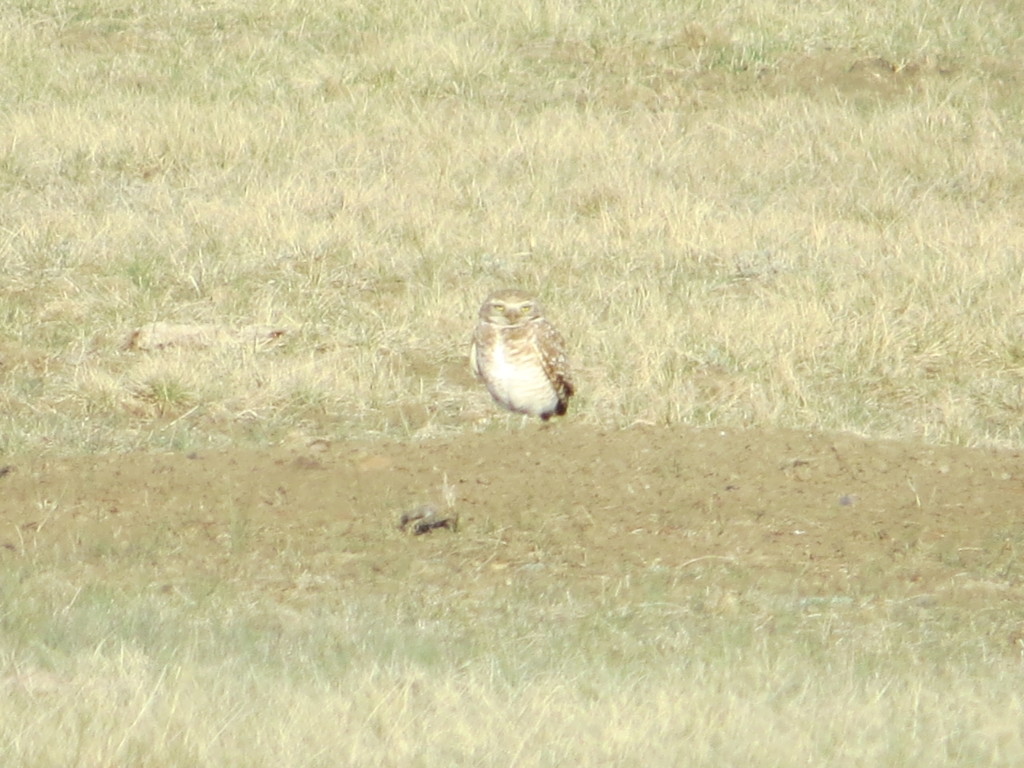
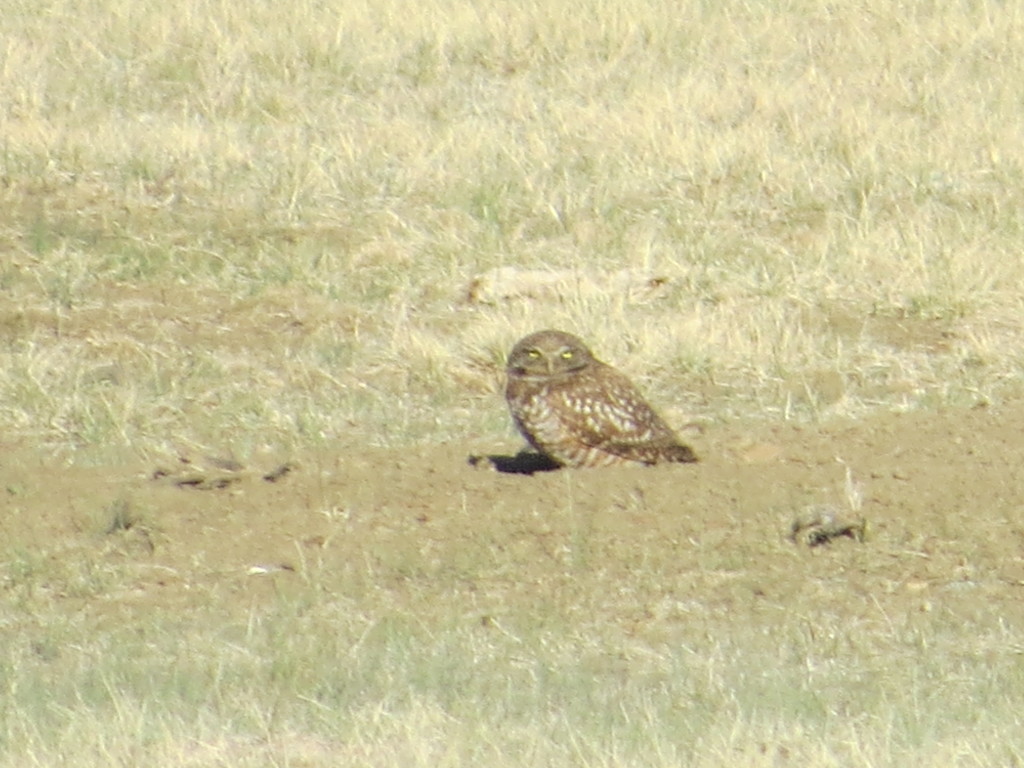
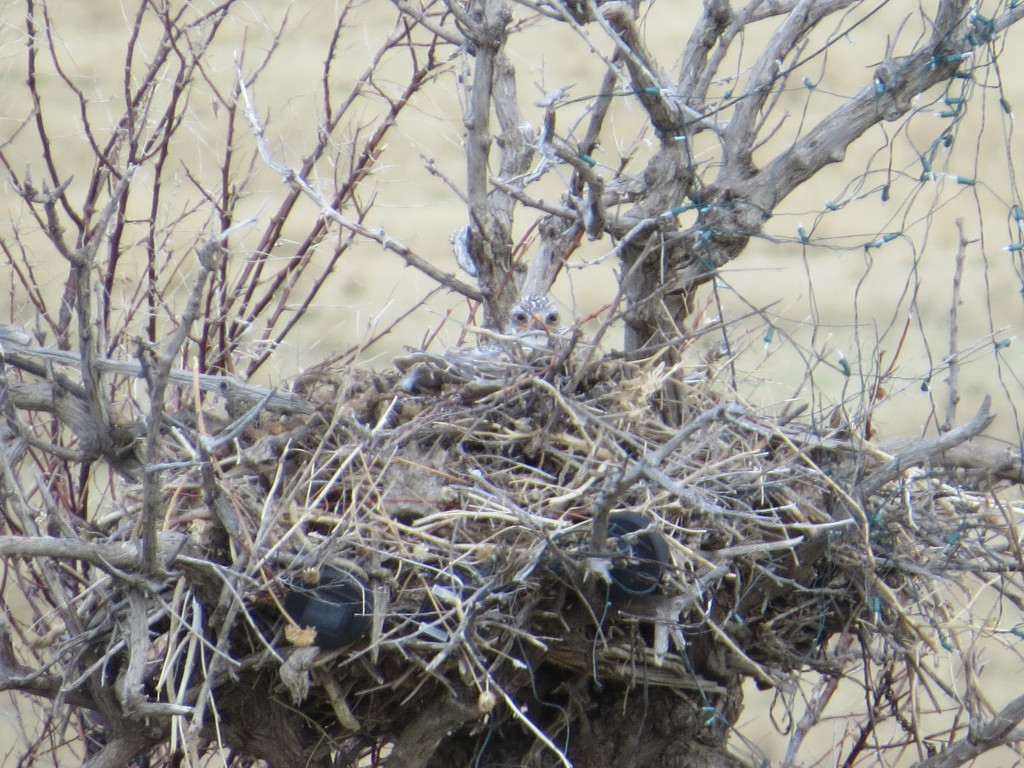
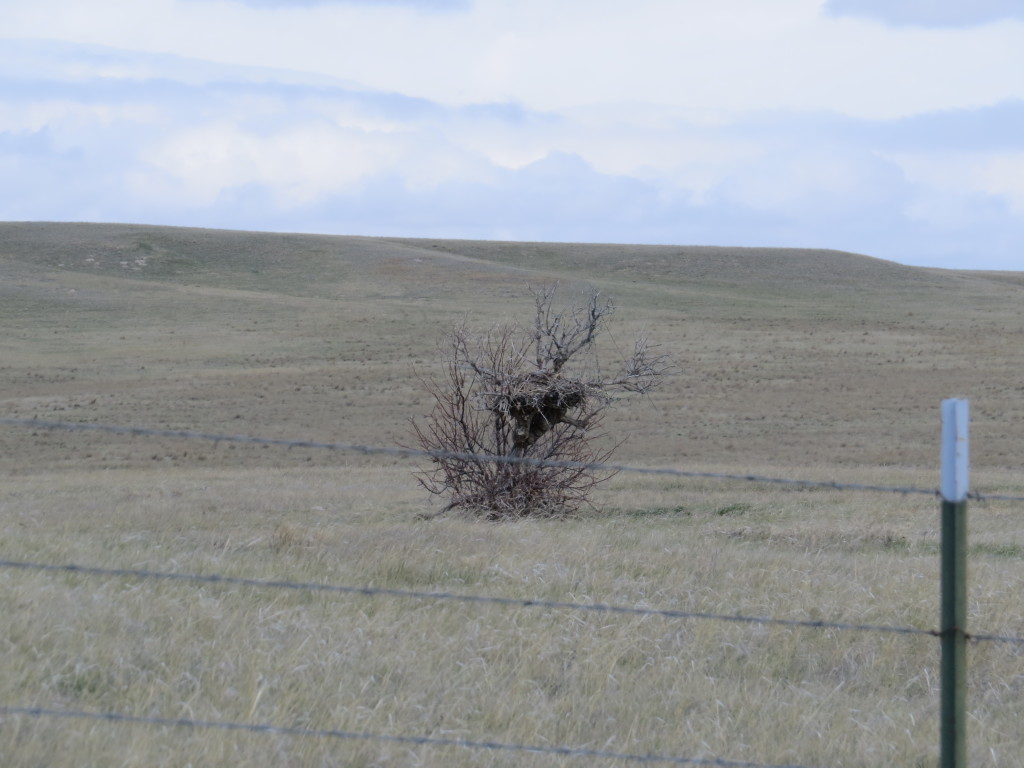
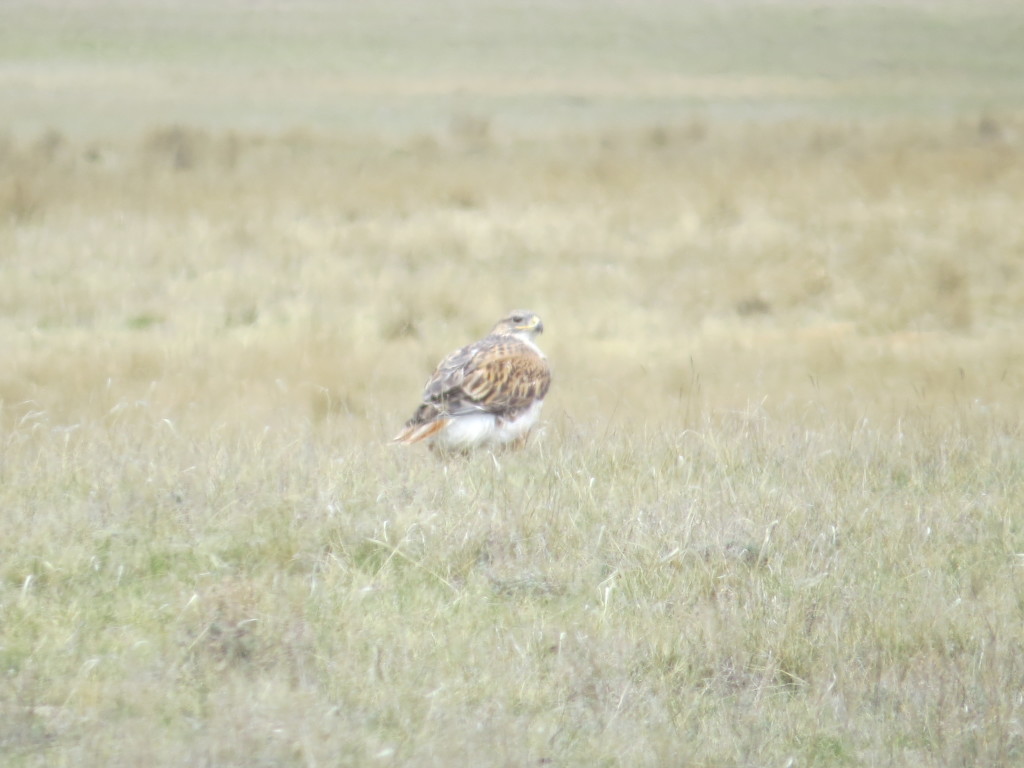 It was fun to see the male exhibiting the behavior described in the field guide, which is sitting out in the open on the ground and always in a perfect western setting.
It was fun to see the male exhibiting the behavior described in the field guide, which is sitting out in the open on the ground and always in a perfect western setting.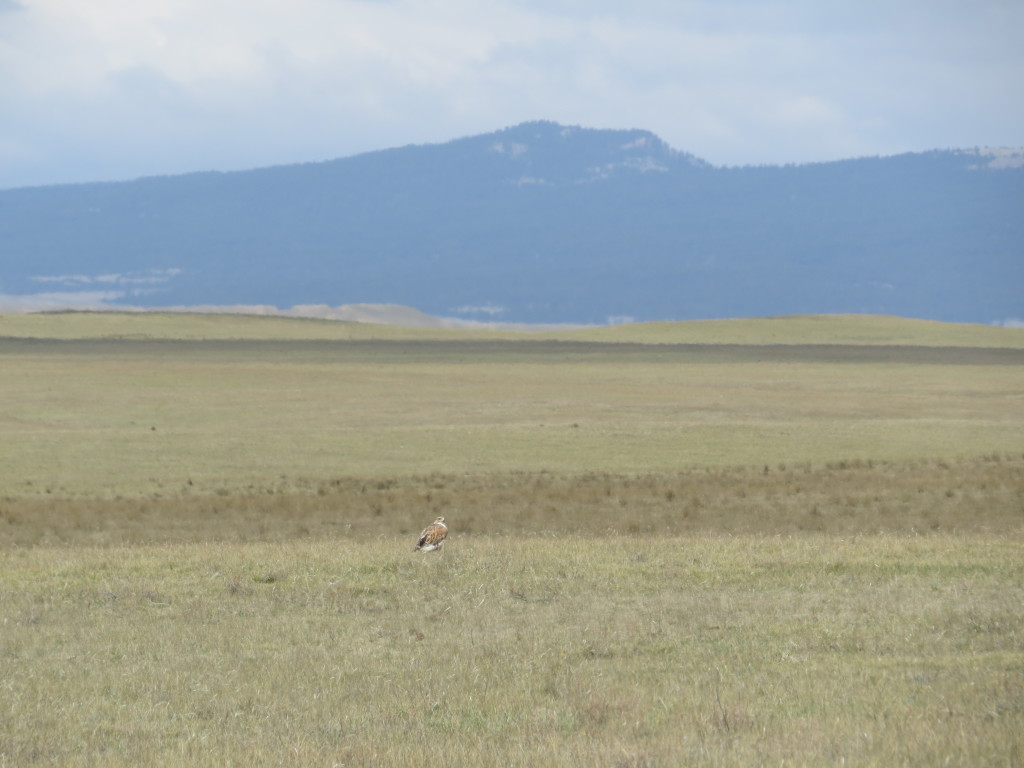
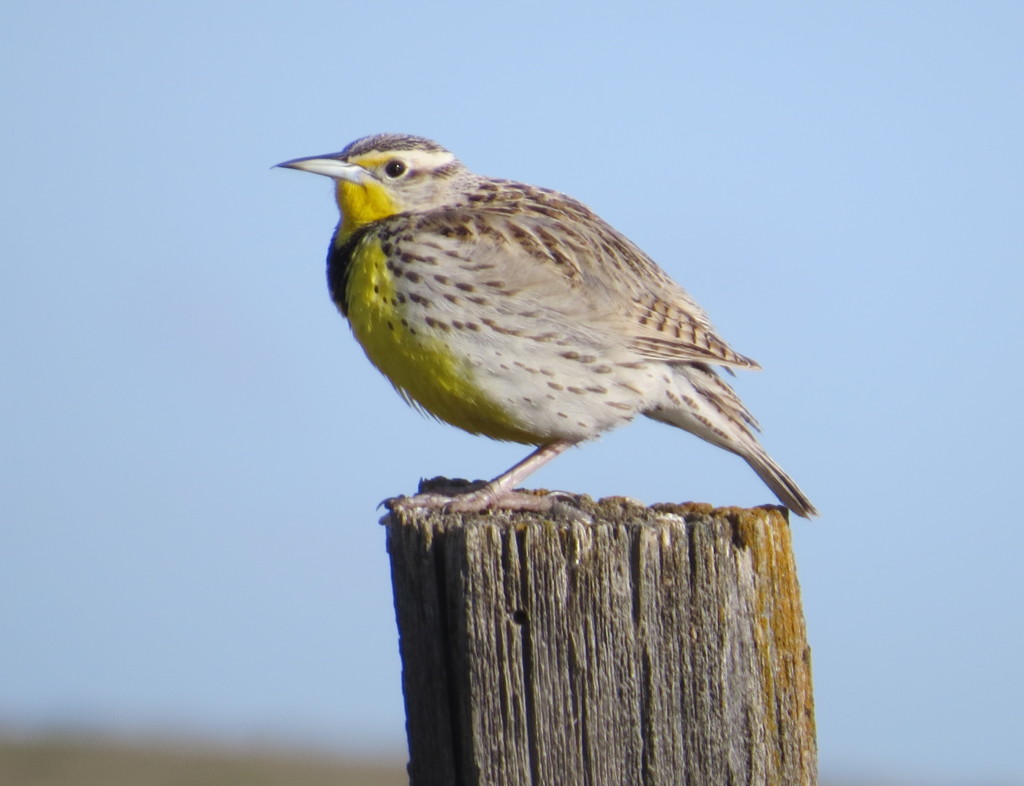
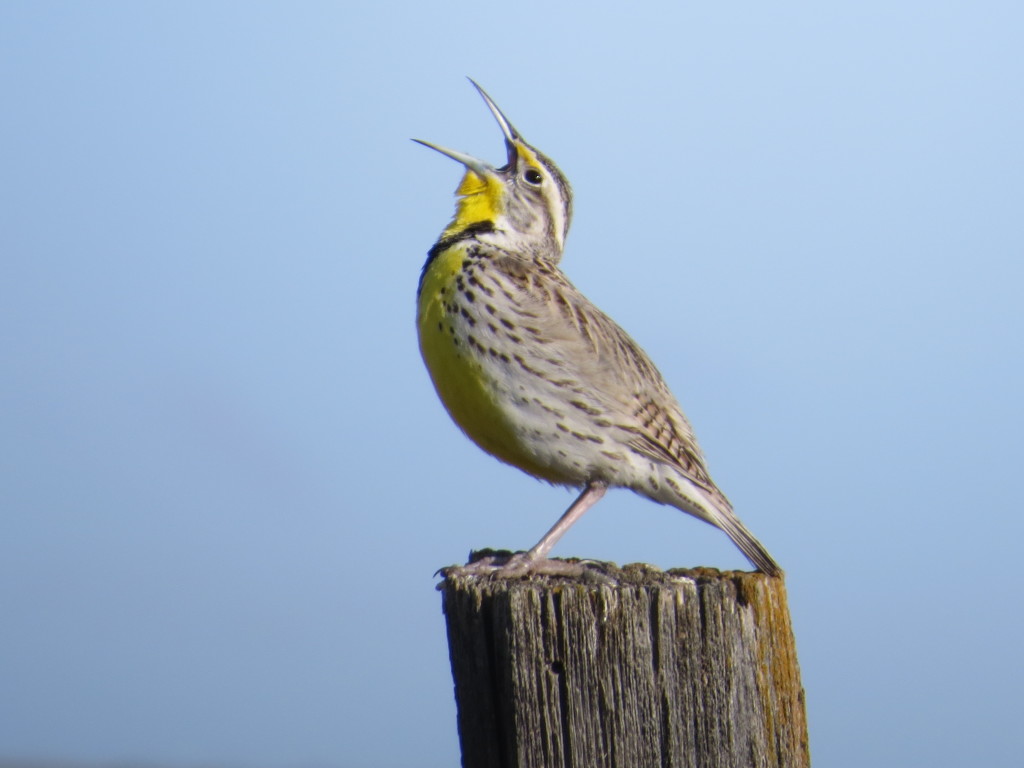
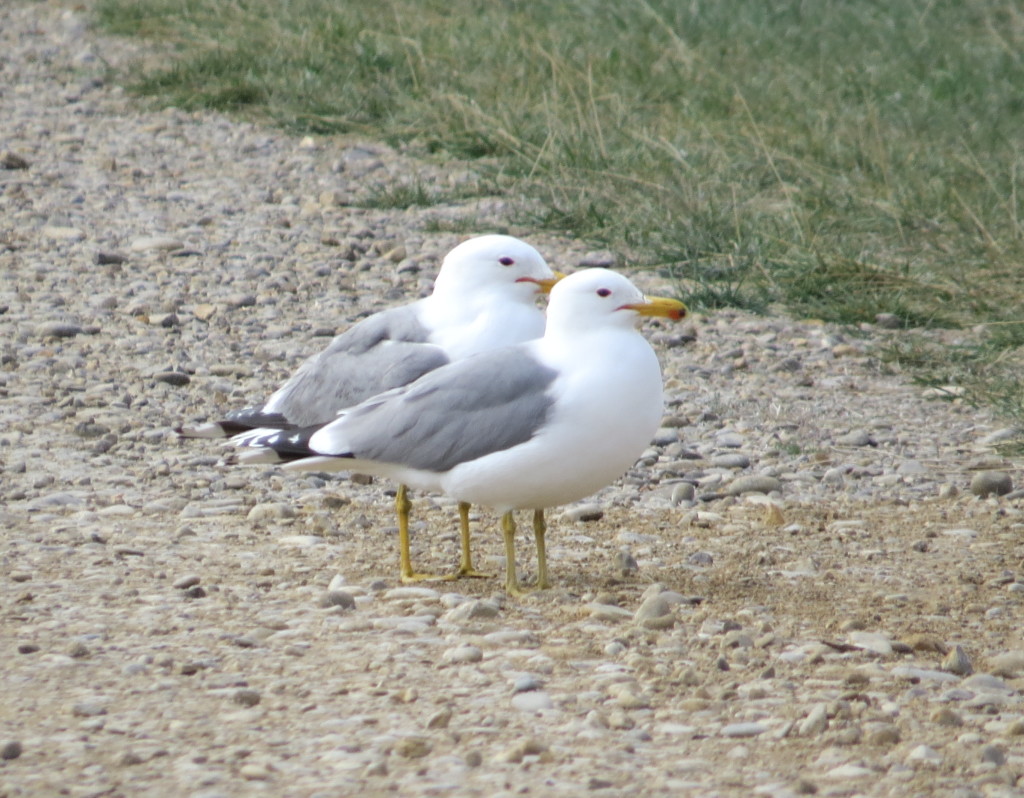
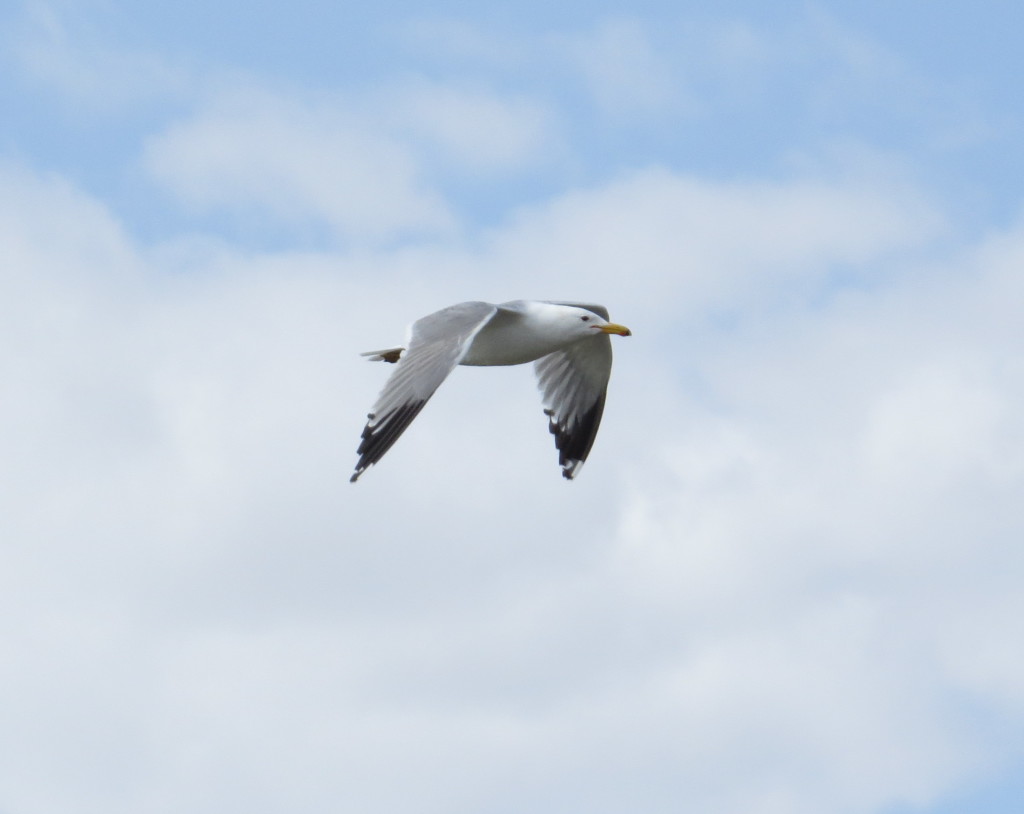
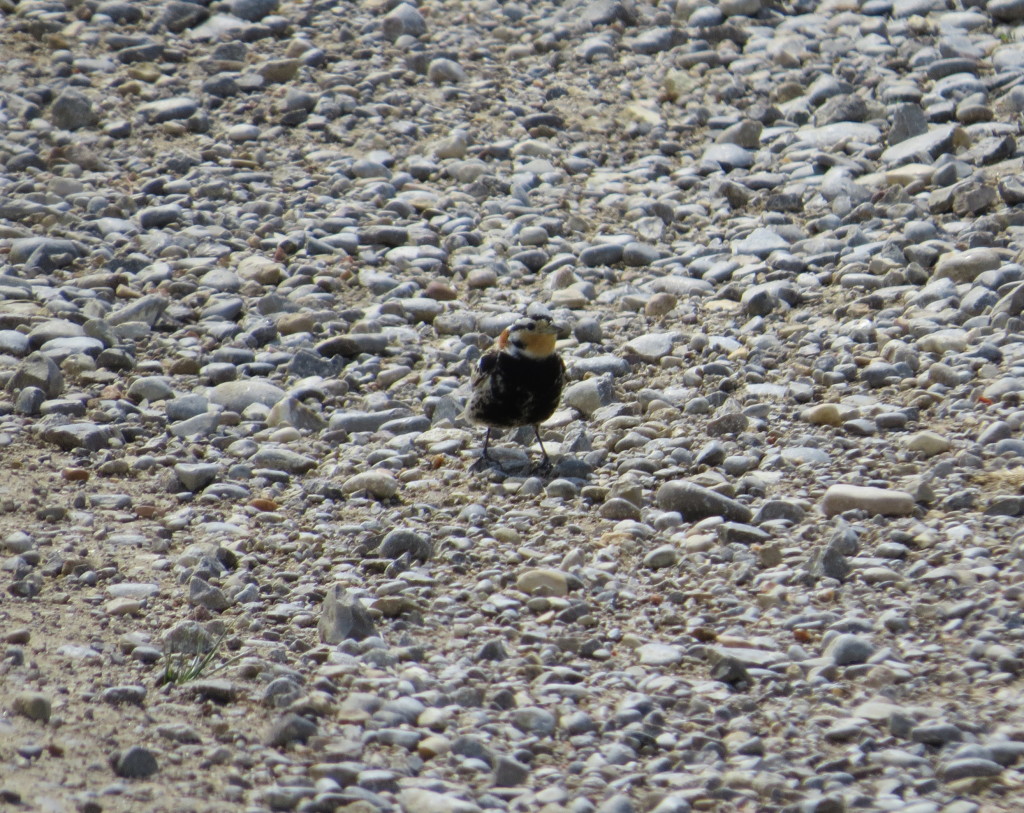
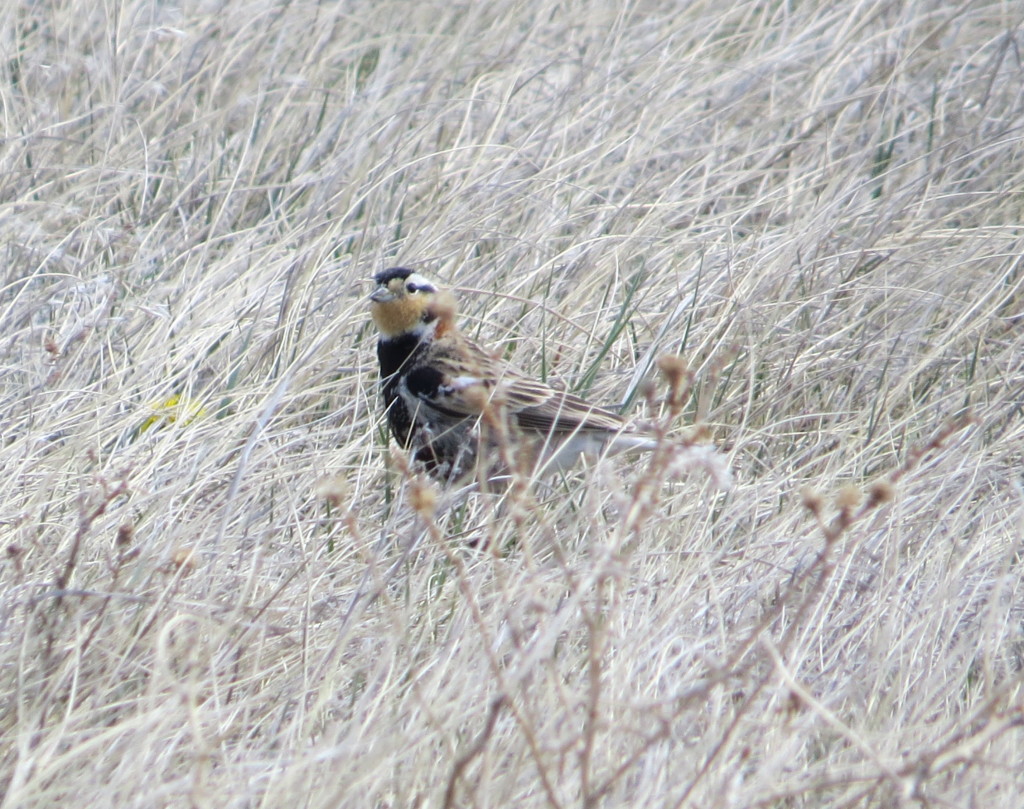 I don’t recall the name of the road we traveled where we saw this Chestnut-collared Longspur, but whatever it’s called, I’ve dubbed it Longspur Road.
I don’t recall the name of the road we traveled where we saw this Chestnut-collared Longspur, but whatever it’s called, I’ve dubbed it Longspur Road.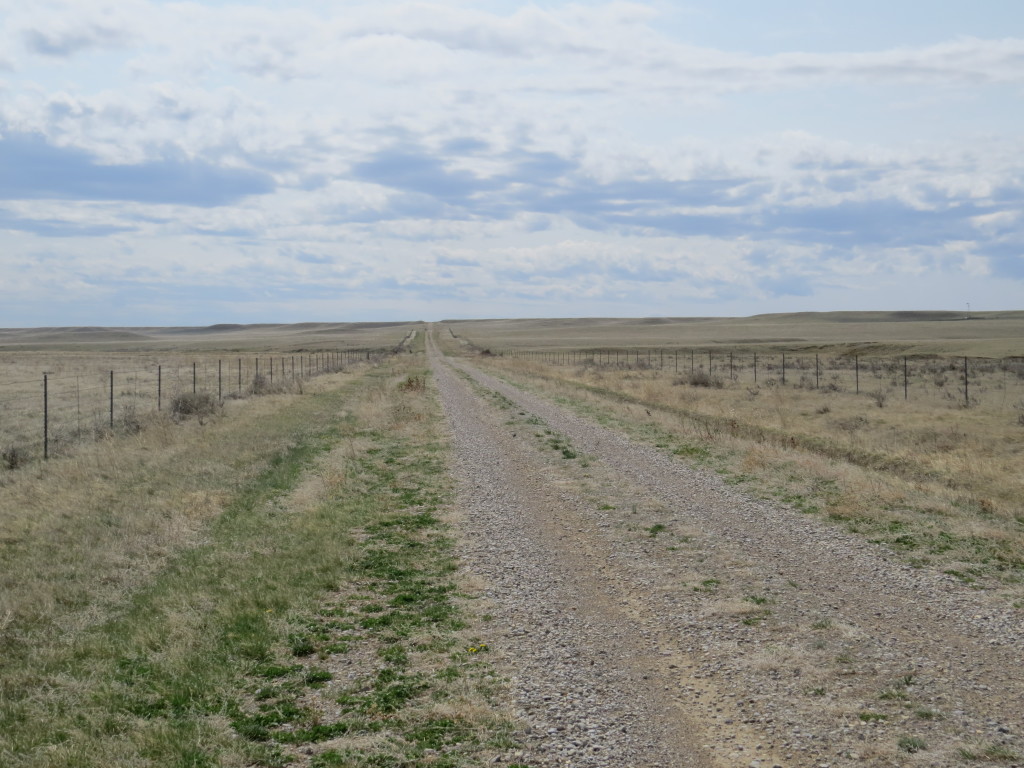
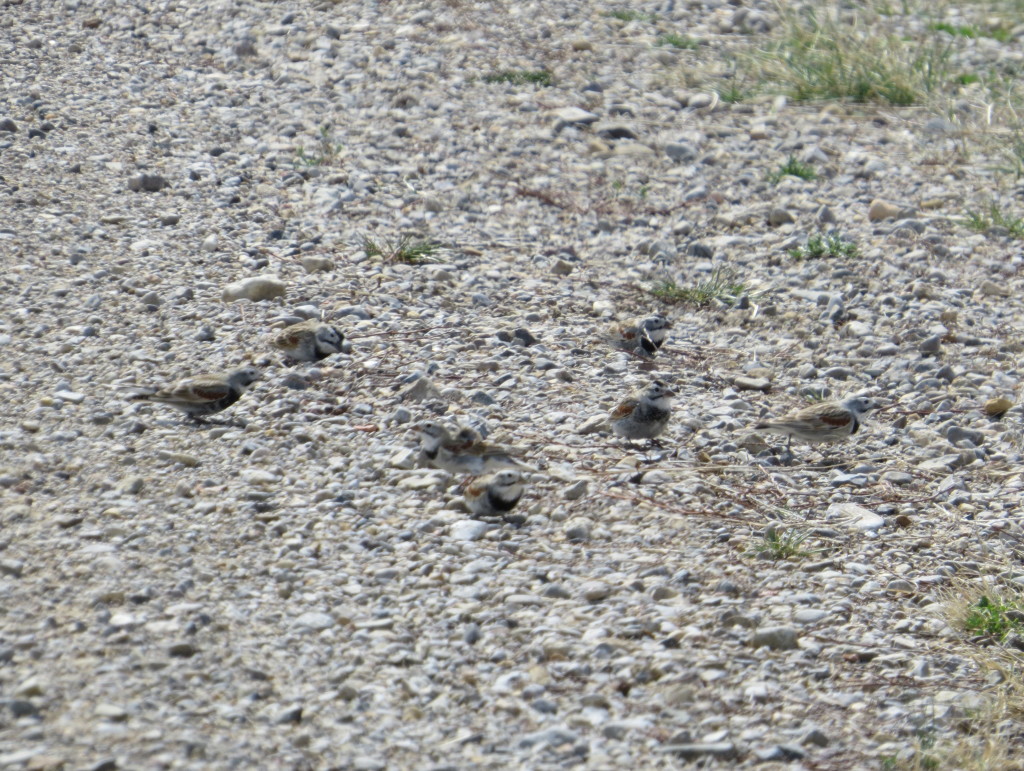
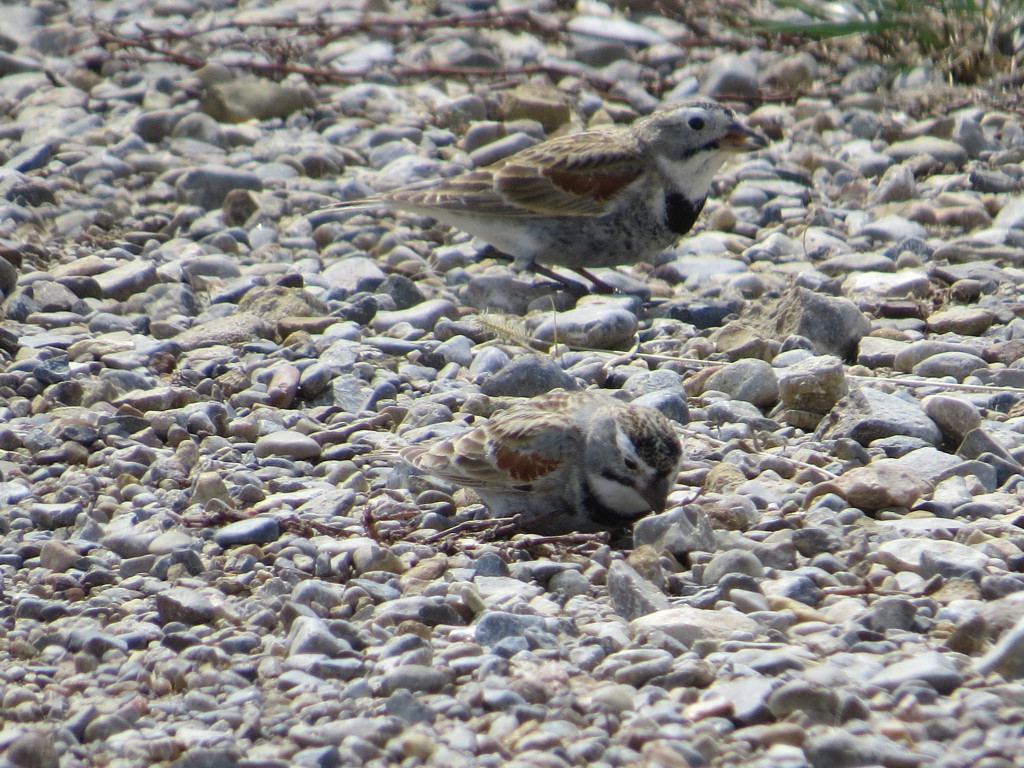
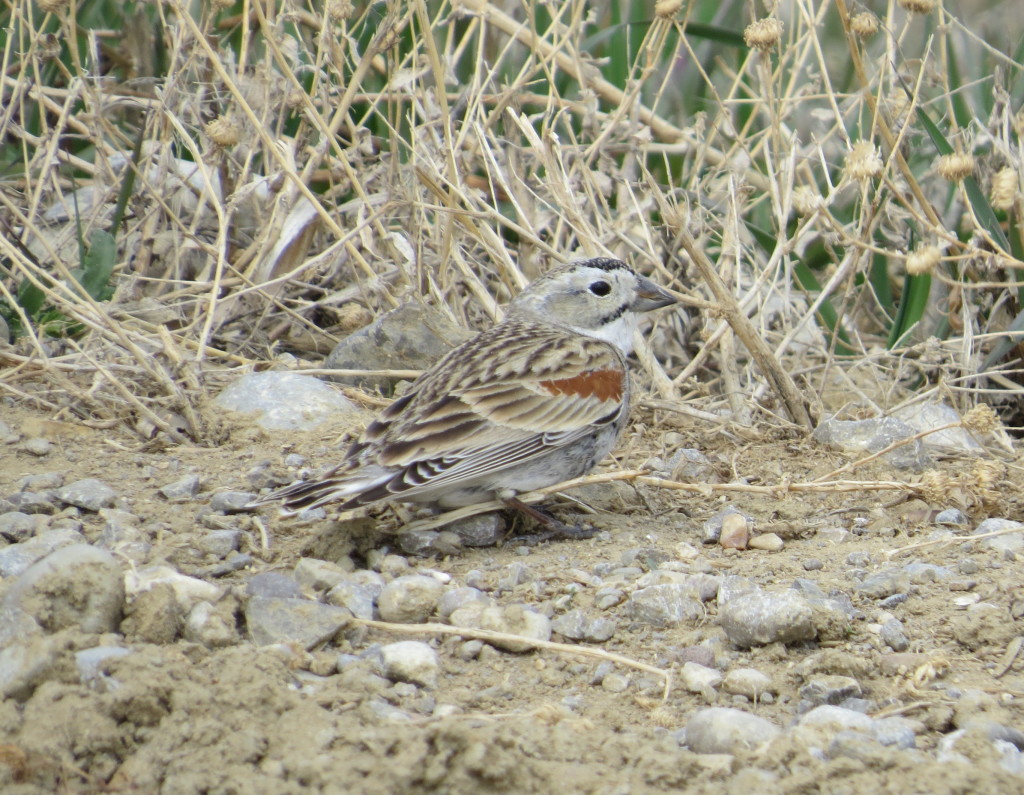
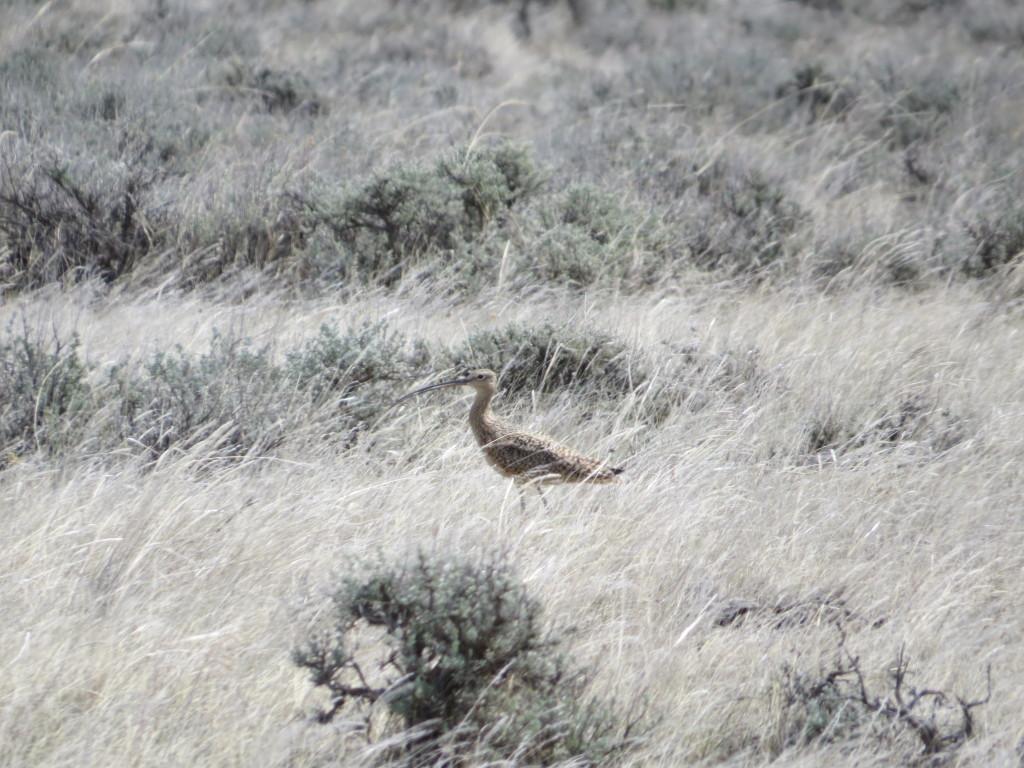
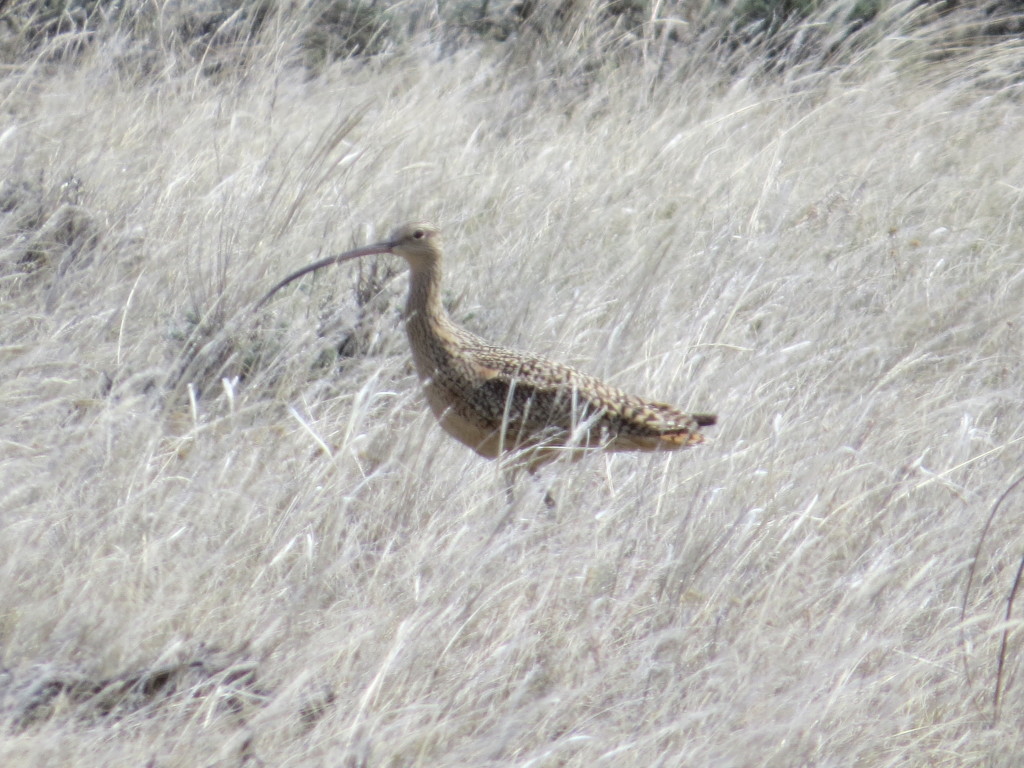 We ended up seeing a second Curlew a little later, but neither were very photogenic.
We ended up seeing a second Curlew a little later, but neither were very photogenic.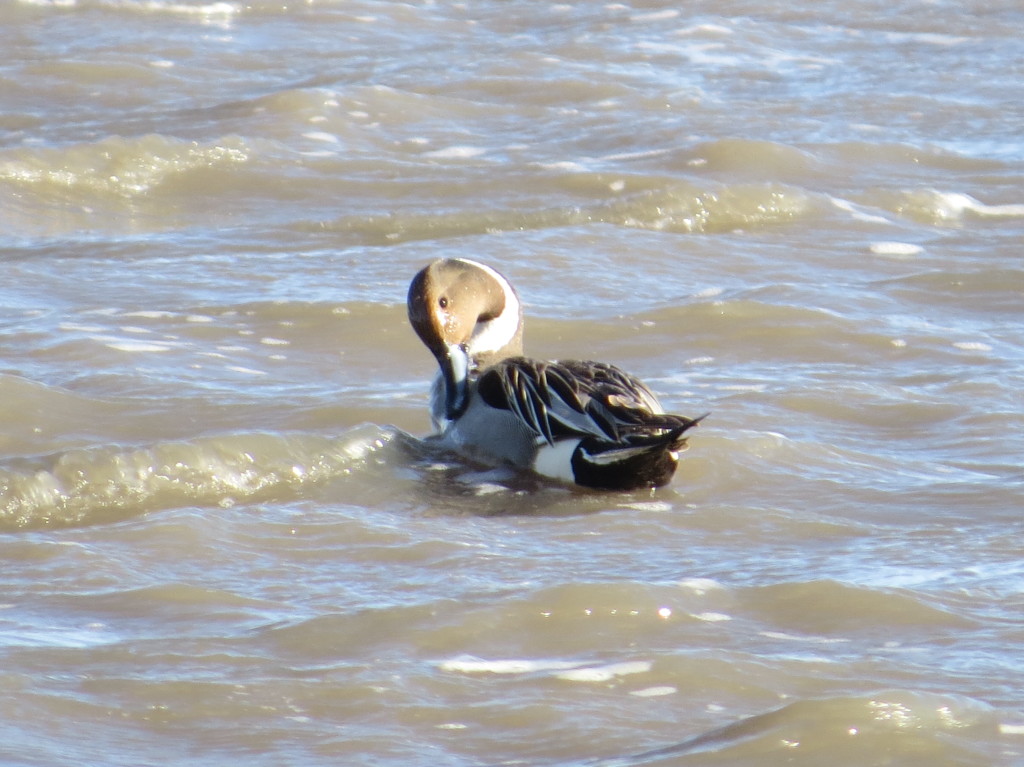
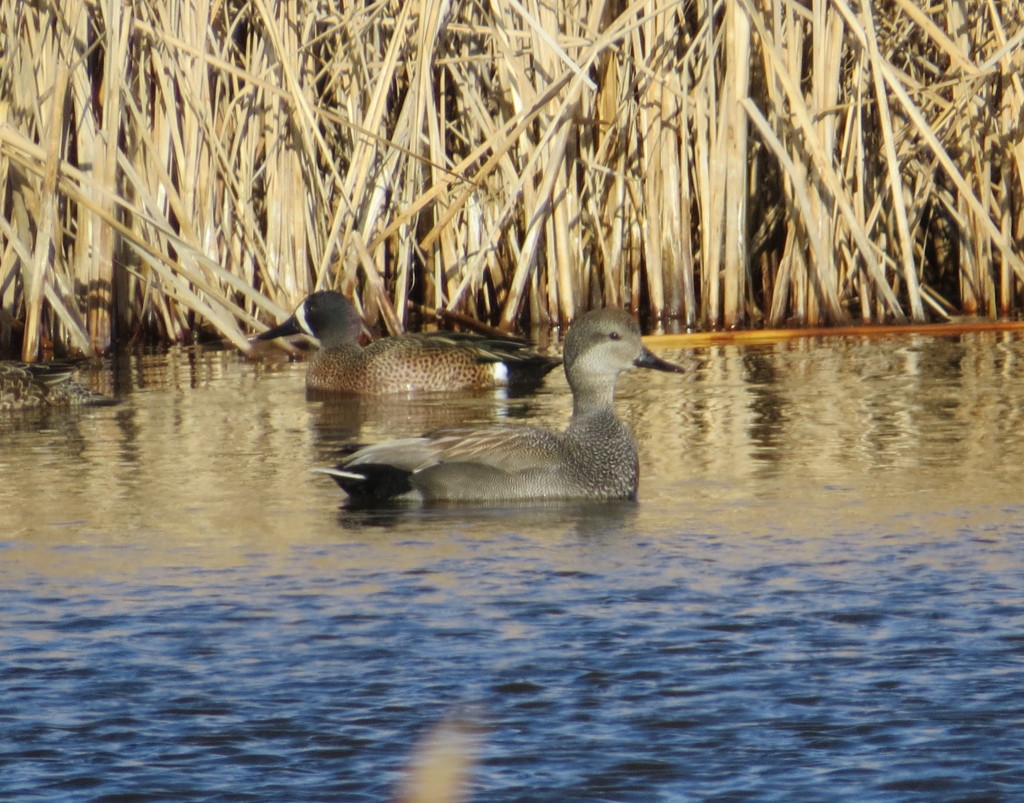
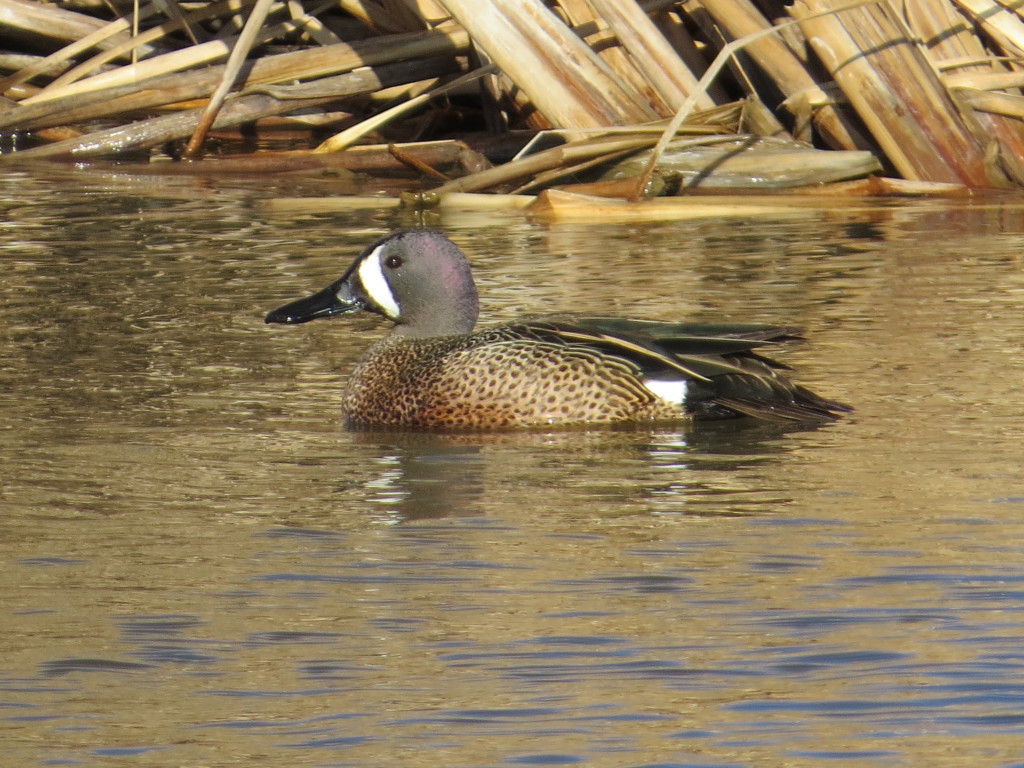

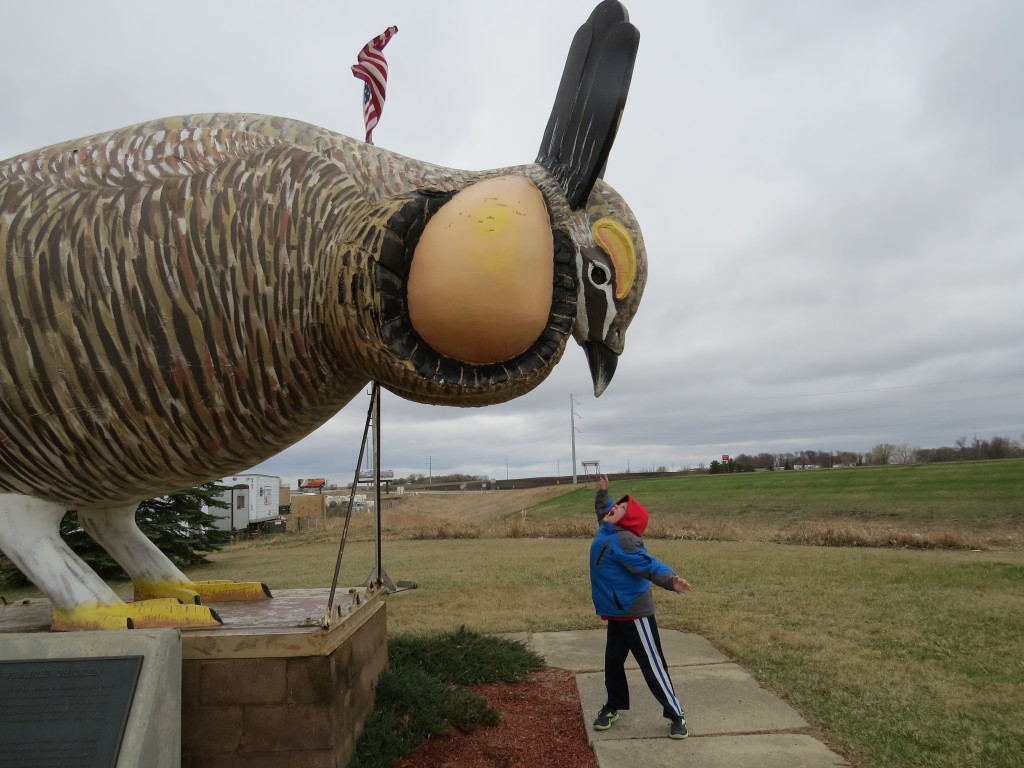 This next photo was not completely orchestrated by me. Evan really did discover the lesser end of a Greater Prairie Chicken all on his own. The smiles are 100% natural. Oh, to be 8 again.
This next photo was not completely orchestrated by me. Evan really did discover the lesser end of a Greater Prairie Chicken all on his own. The smiles are 100% natural. Oh, to be 8 again.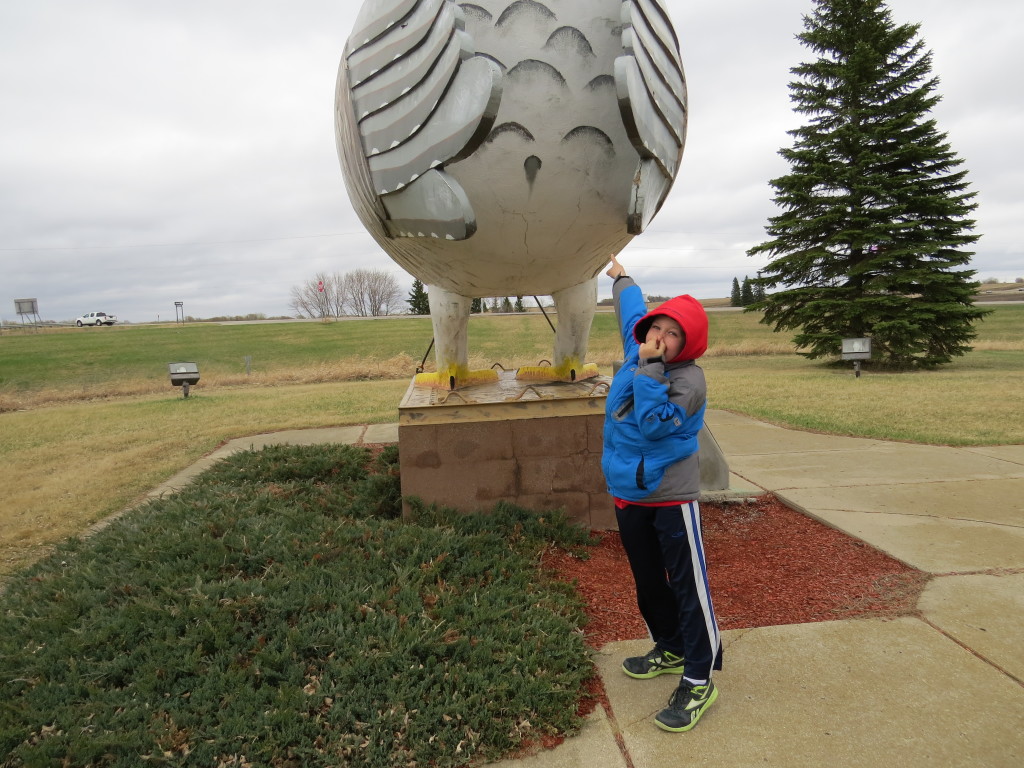
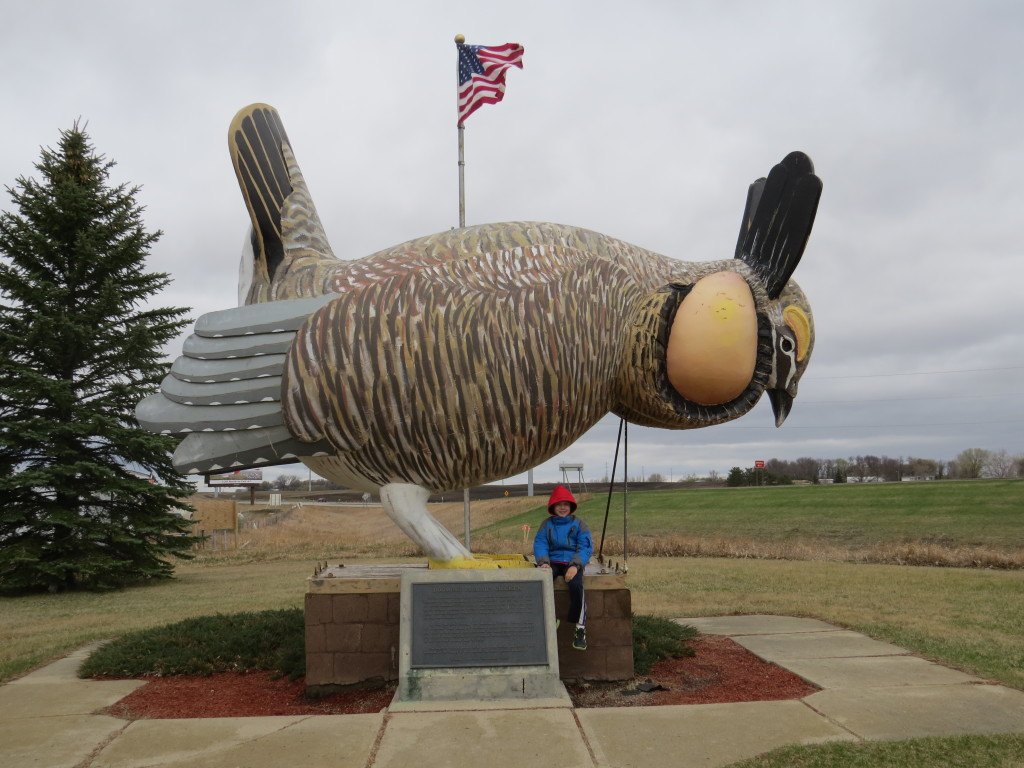
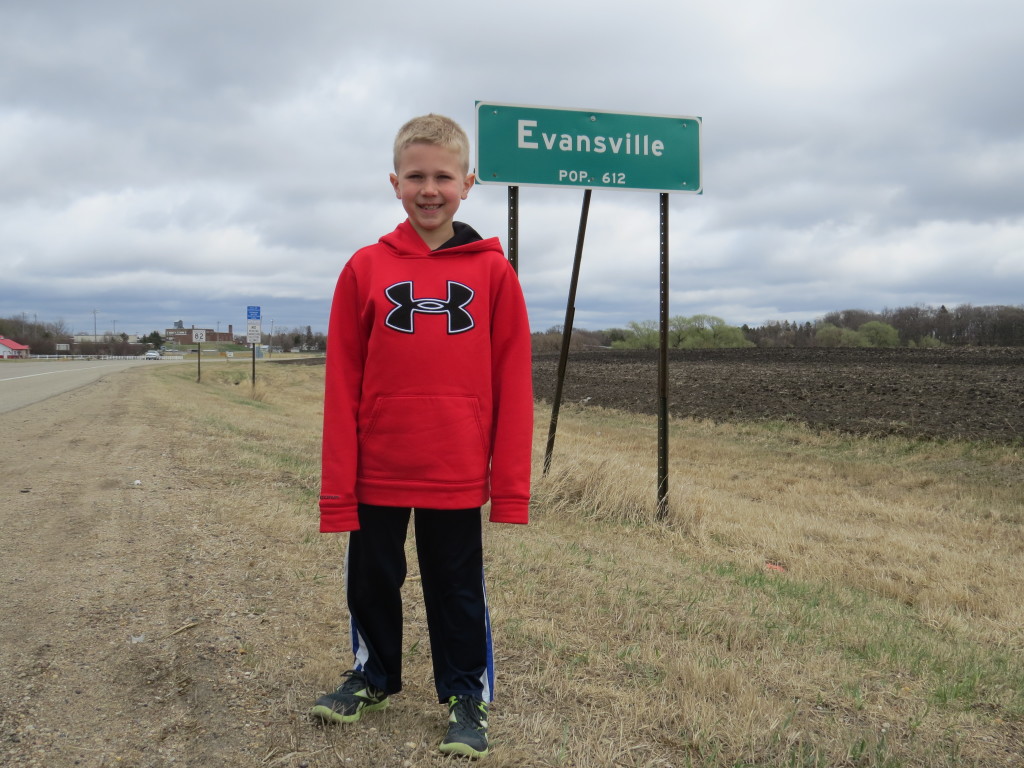



 And one of the birders who helped us find this bird was none other than Stan Tekiela!
And one of the birders who helped us find this bird was none other than Stan Tekiela!




















 6. Chestnut-collared Longspur
6. Chestnut-collared Longspur





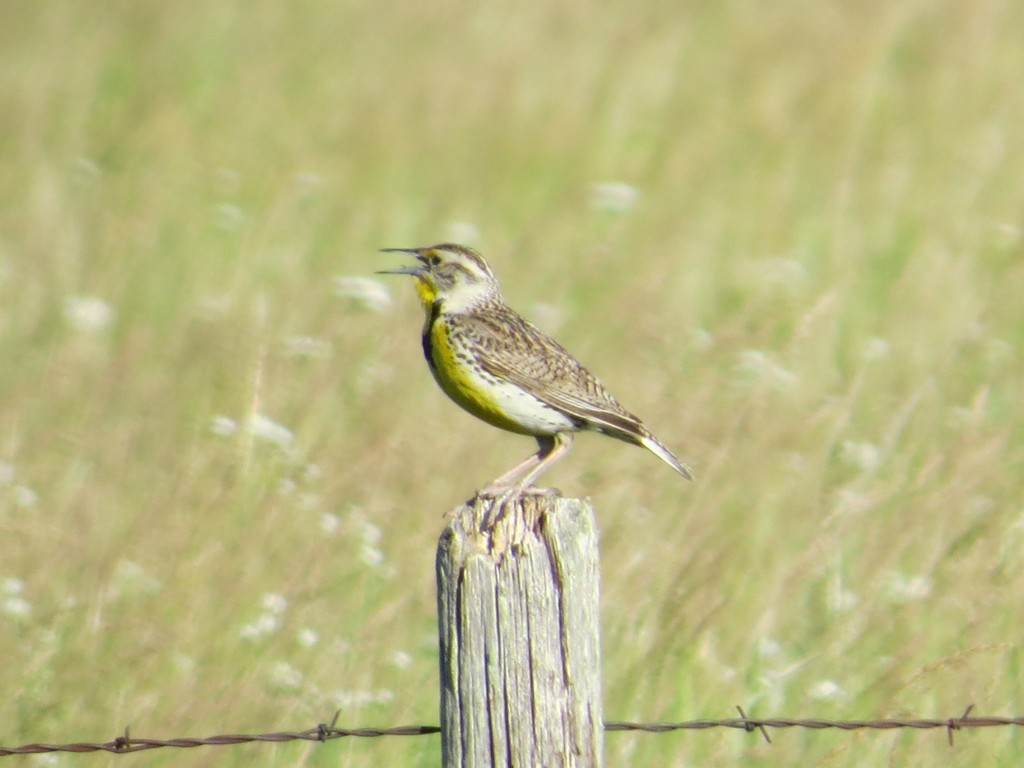
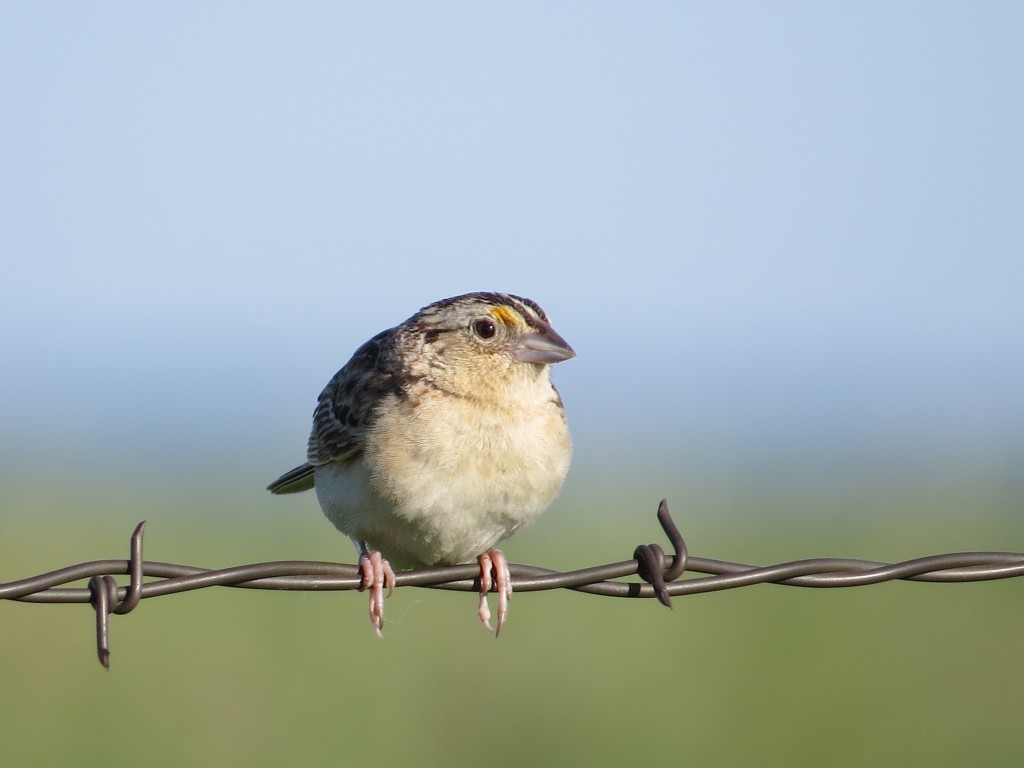
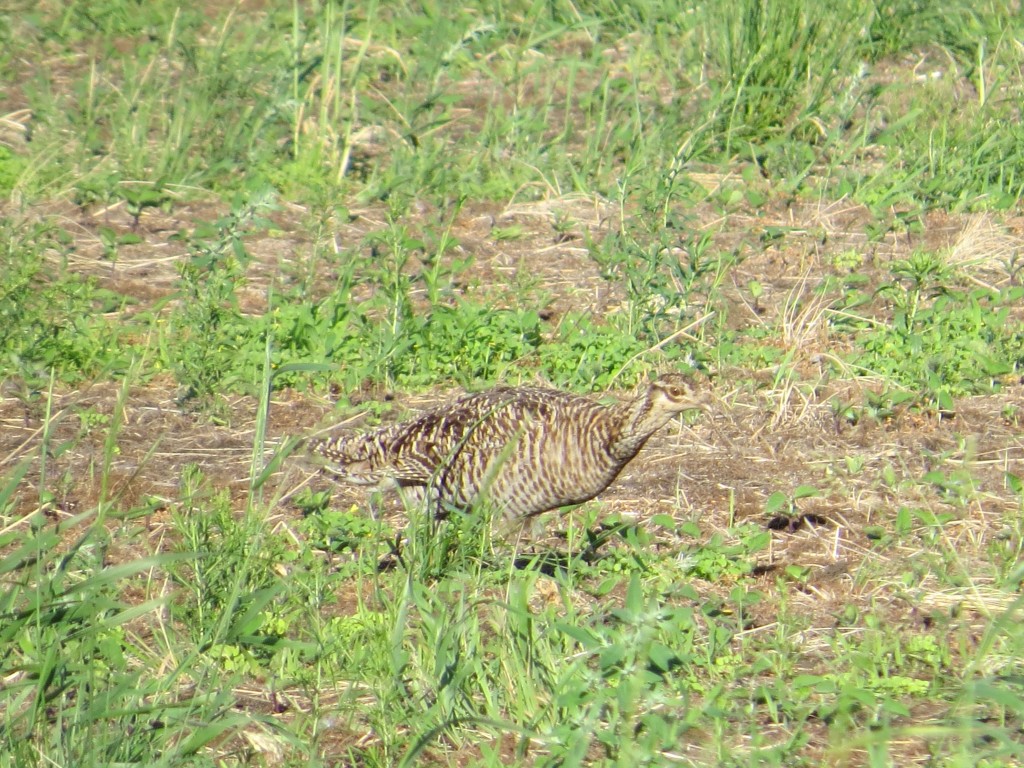
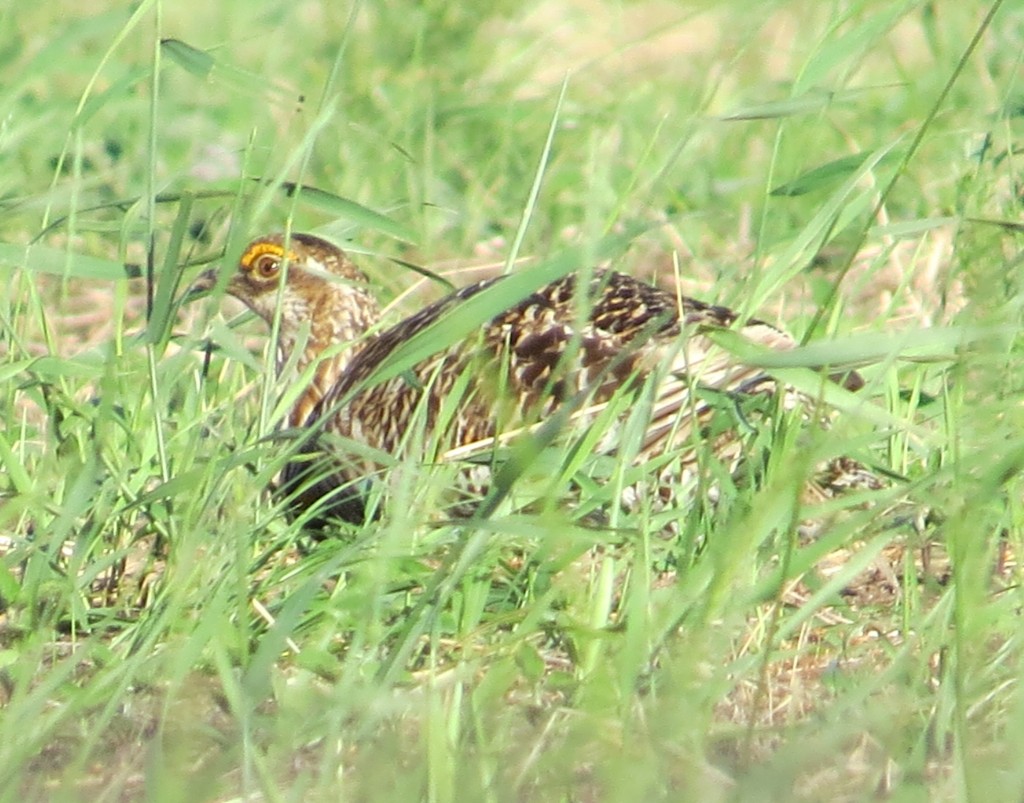
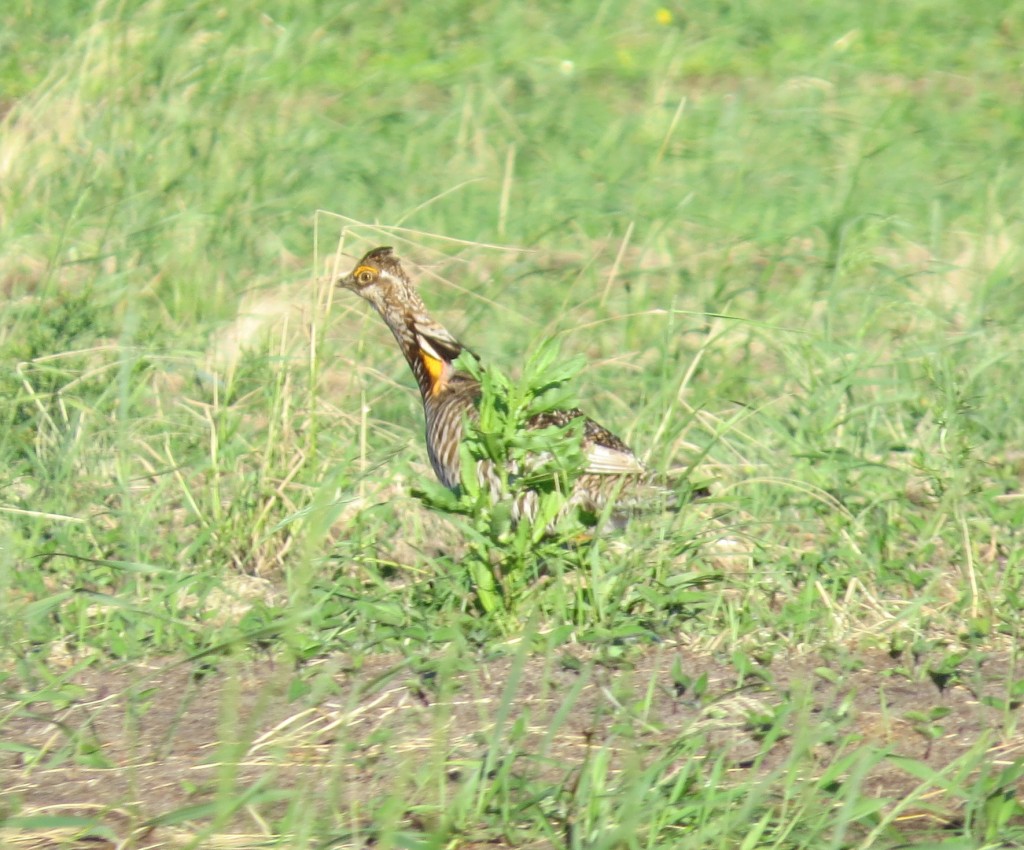 It was a satisfying life bird but not the one we were after. It alone would have made a solid trip. It was also fun to see Marbled Godwits. At first. Then they were everywhere and noisy. Very noisy. It souned like we were at a beach with a bunch of gulls.
It was a satisfying life bird but not the one we were after. It alone would have made a solid trip. It was also fun to see Marbled Godwits. At first. Then they were everywhere and noisy. Very noisy. It souned like we were at a beach with a bunch of gulls.